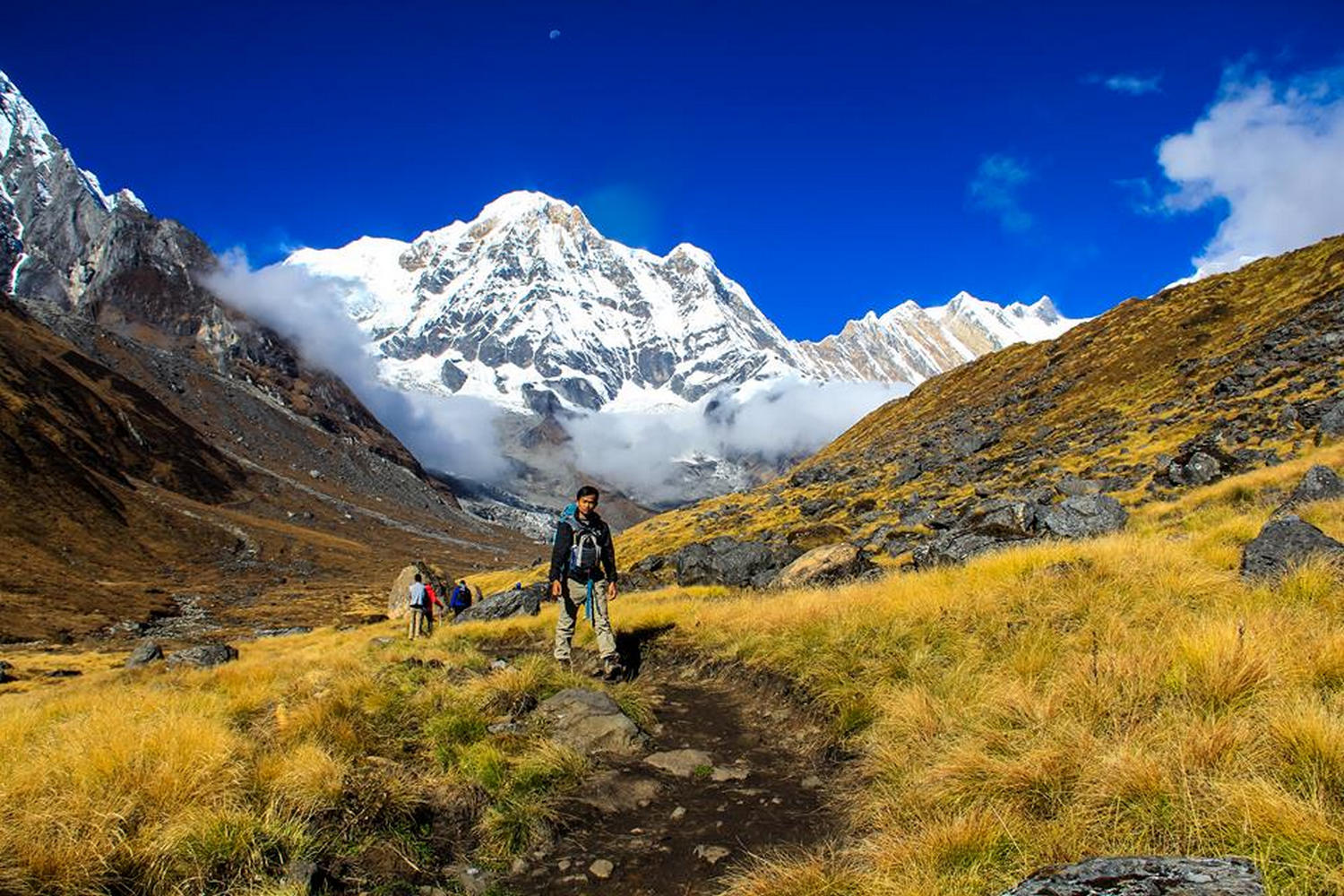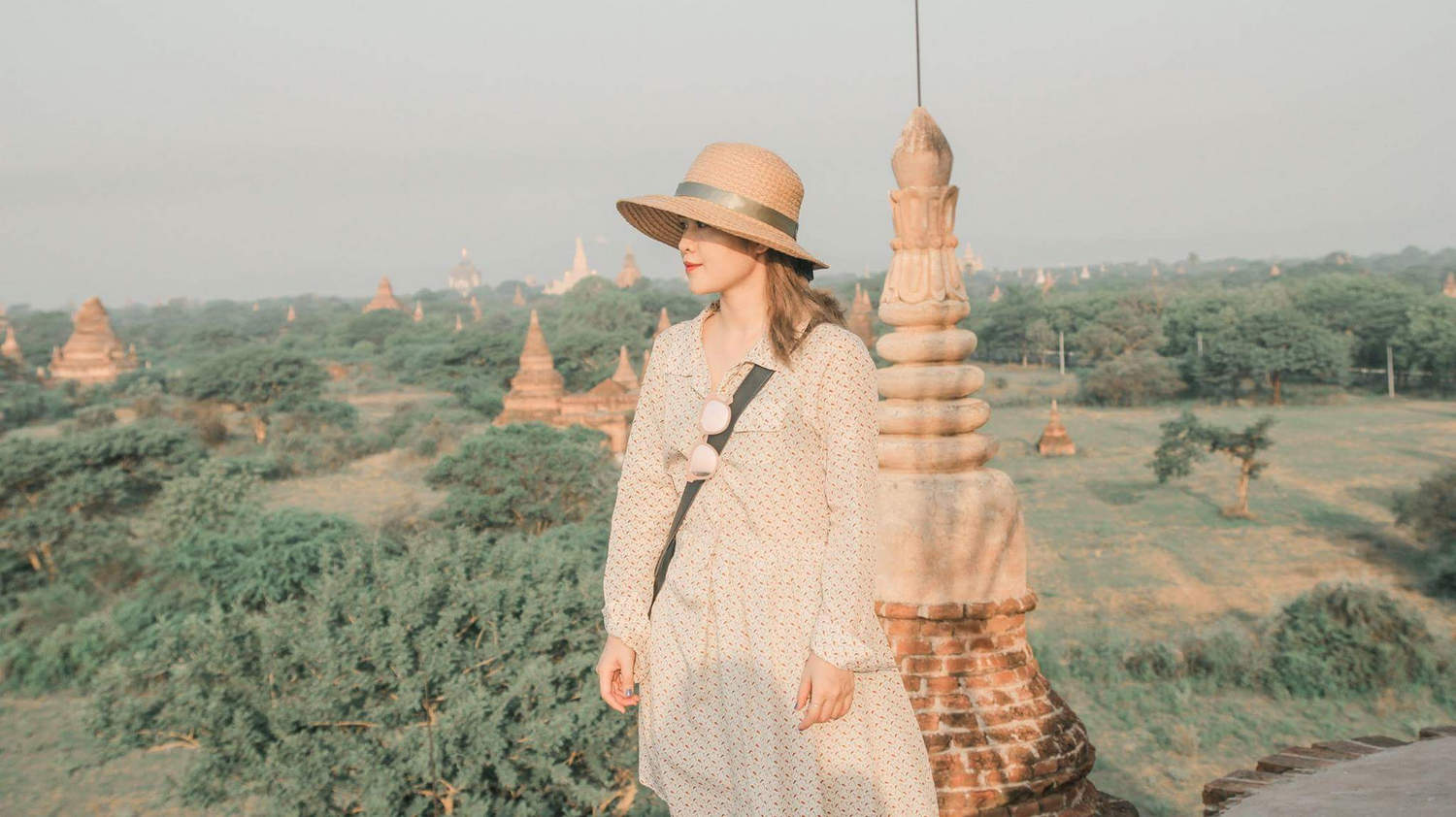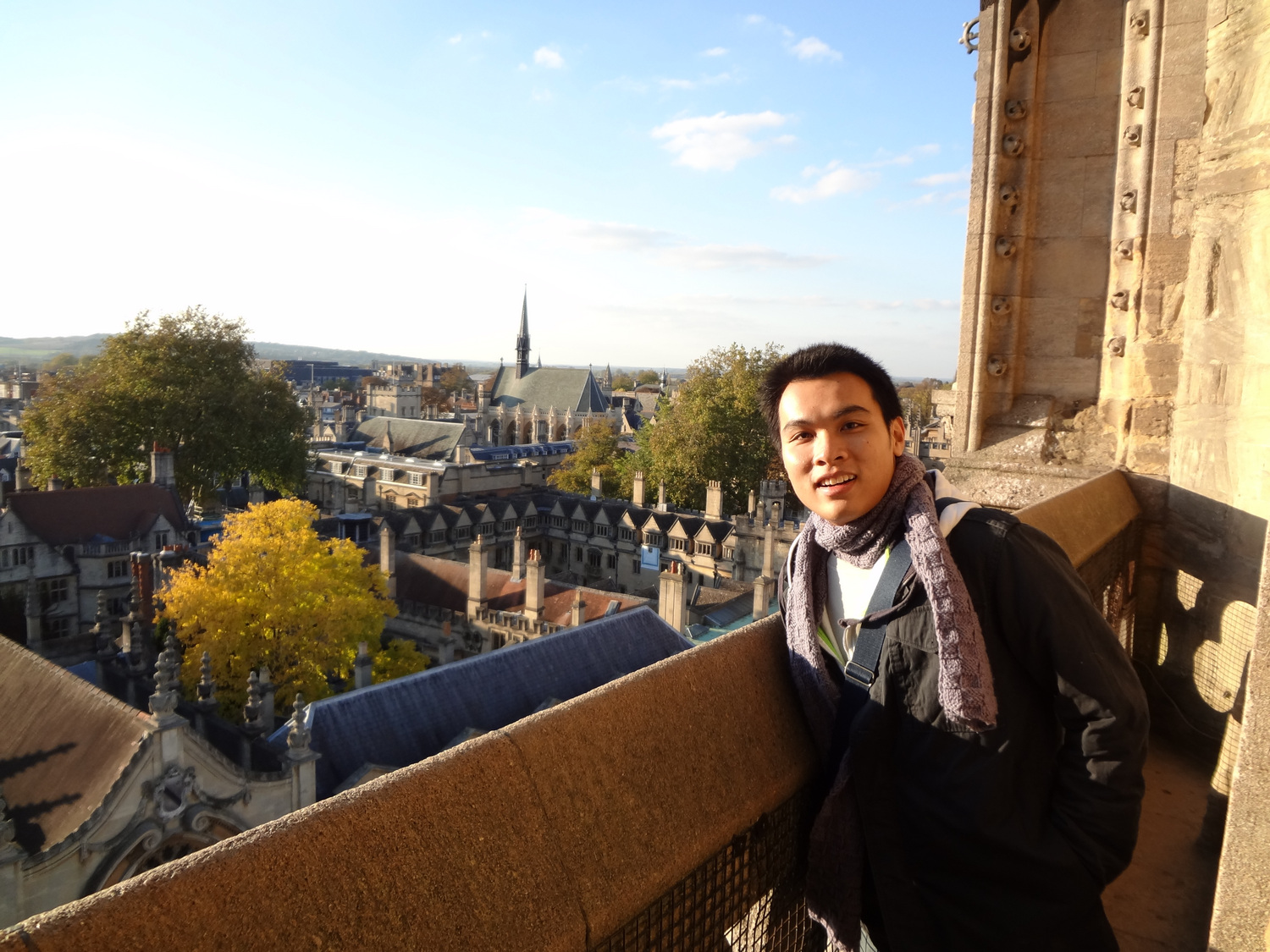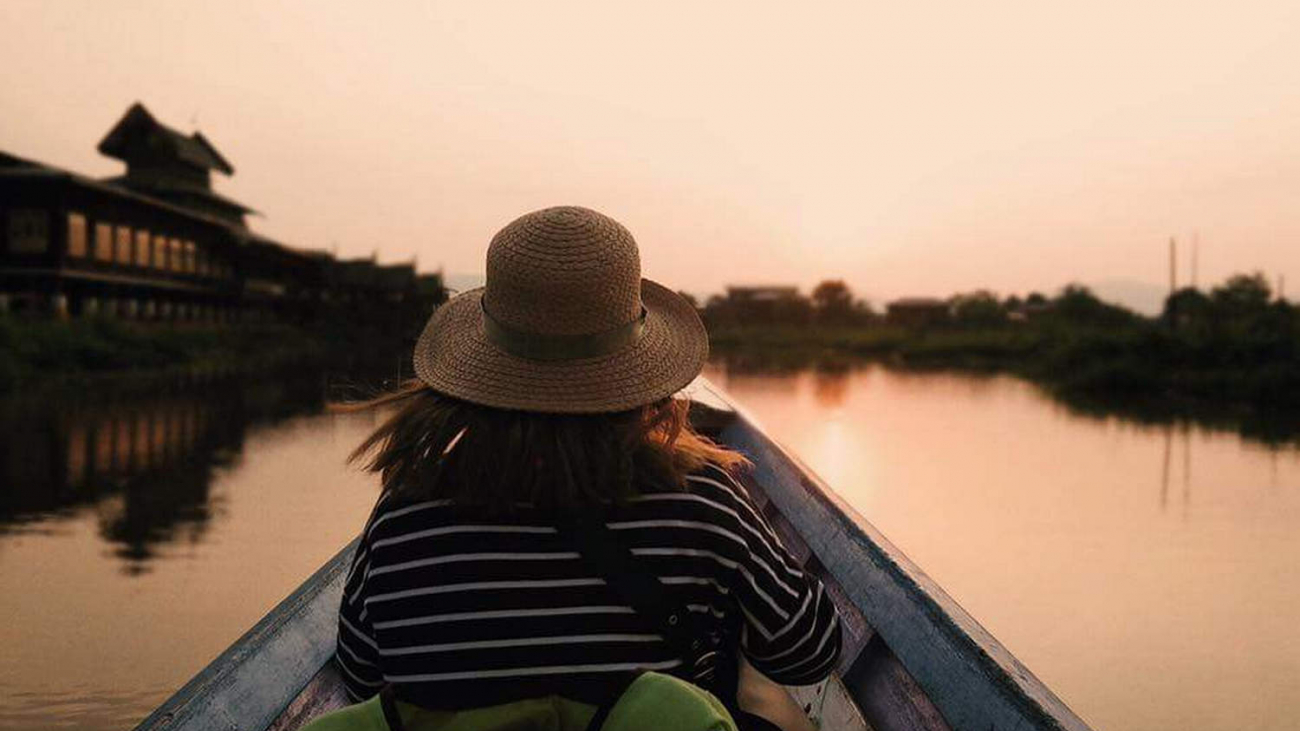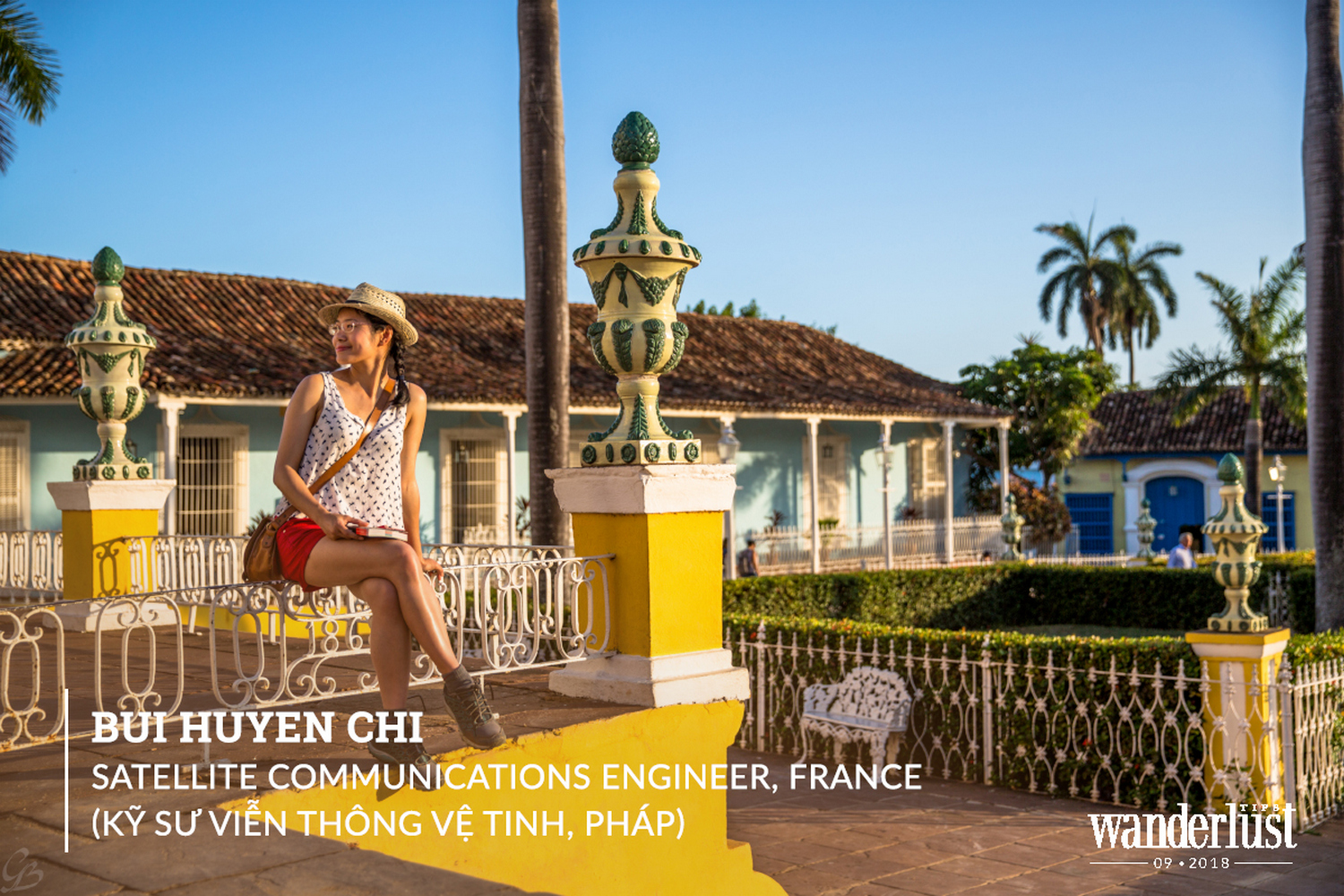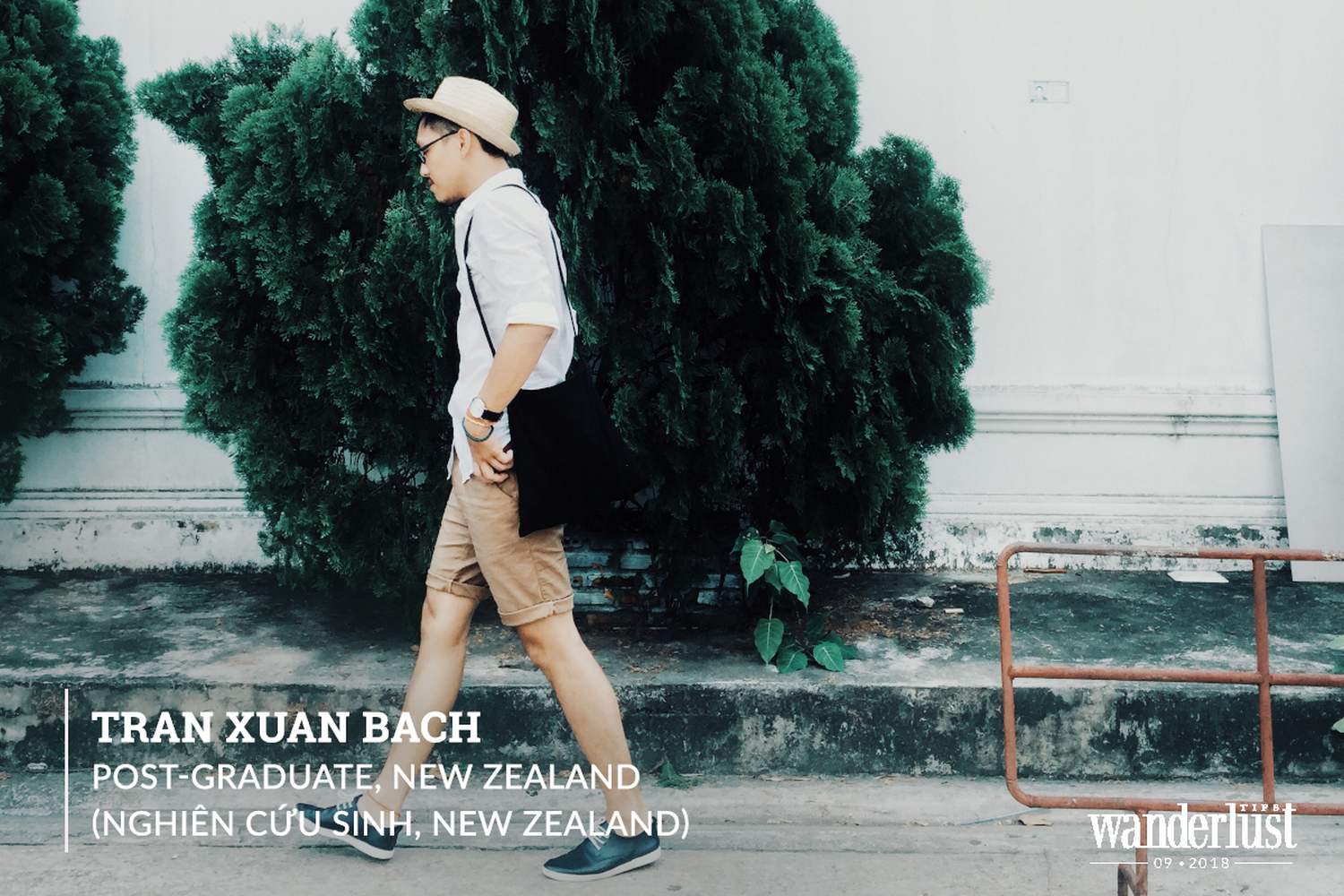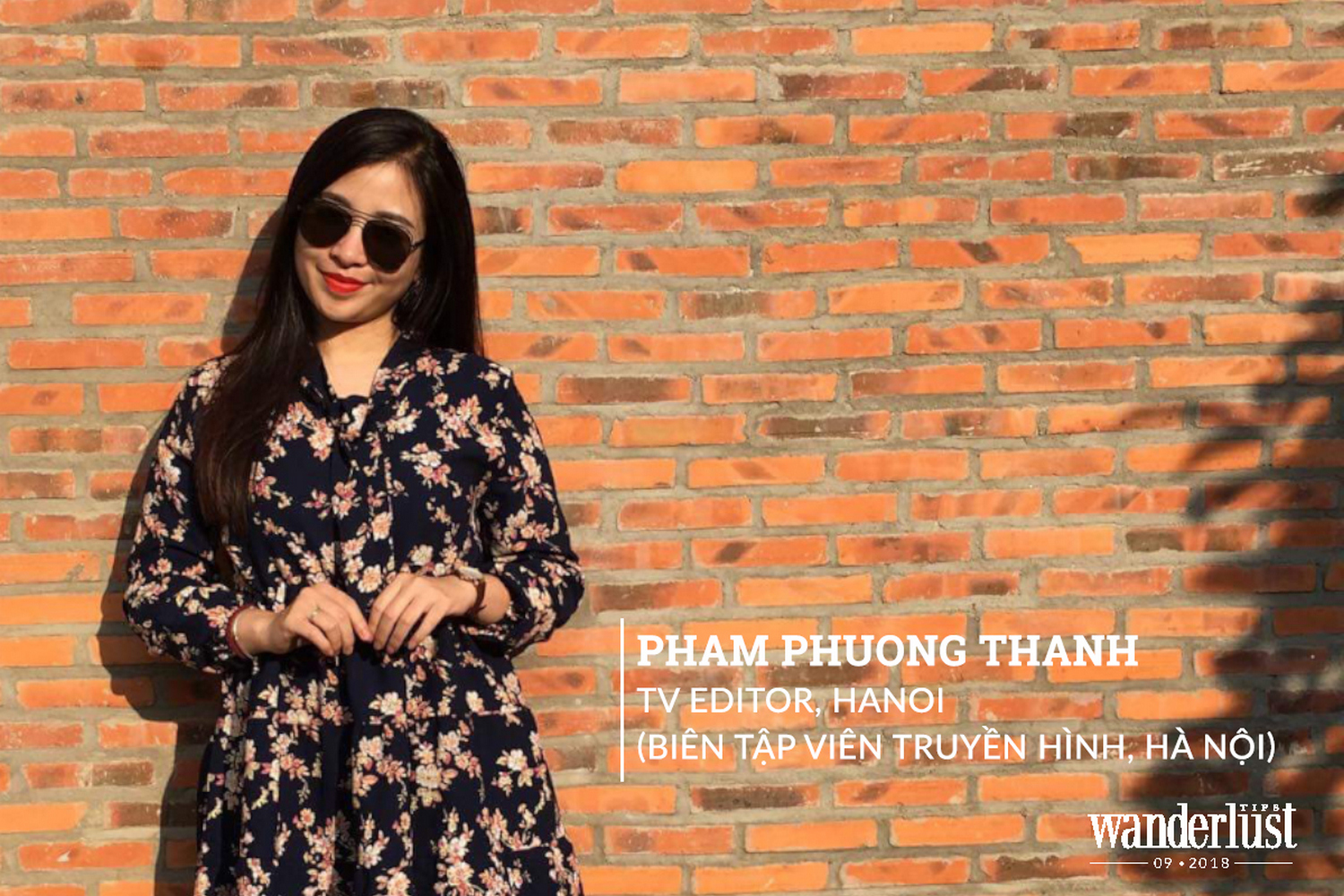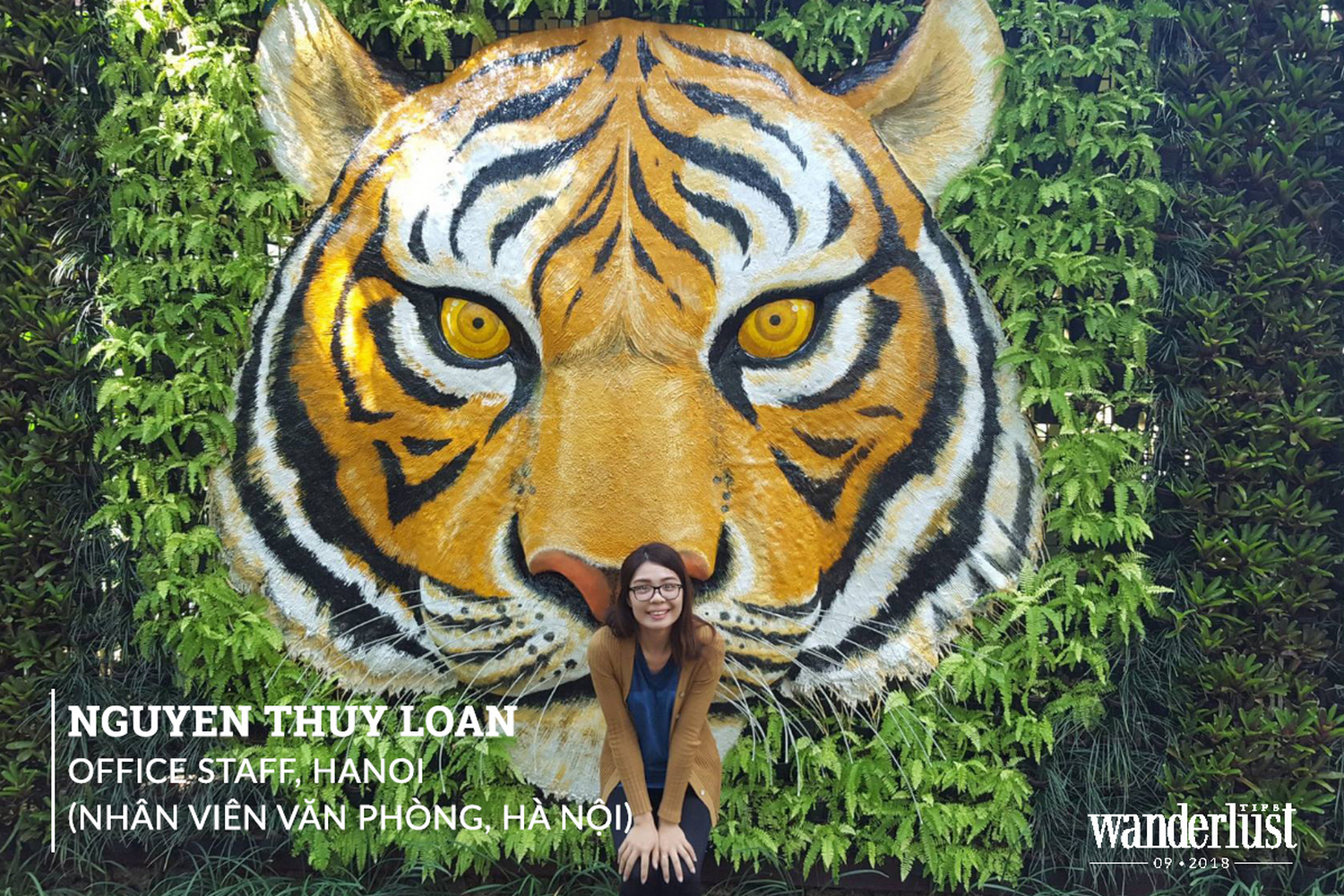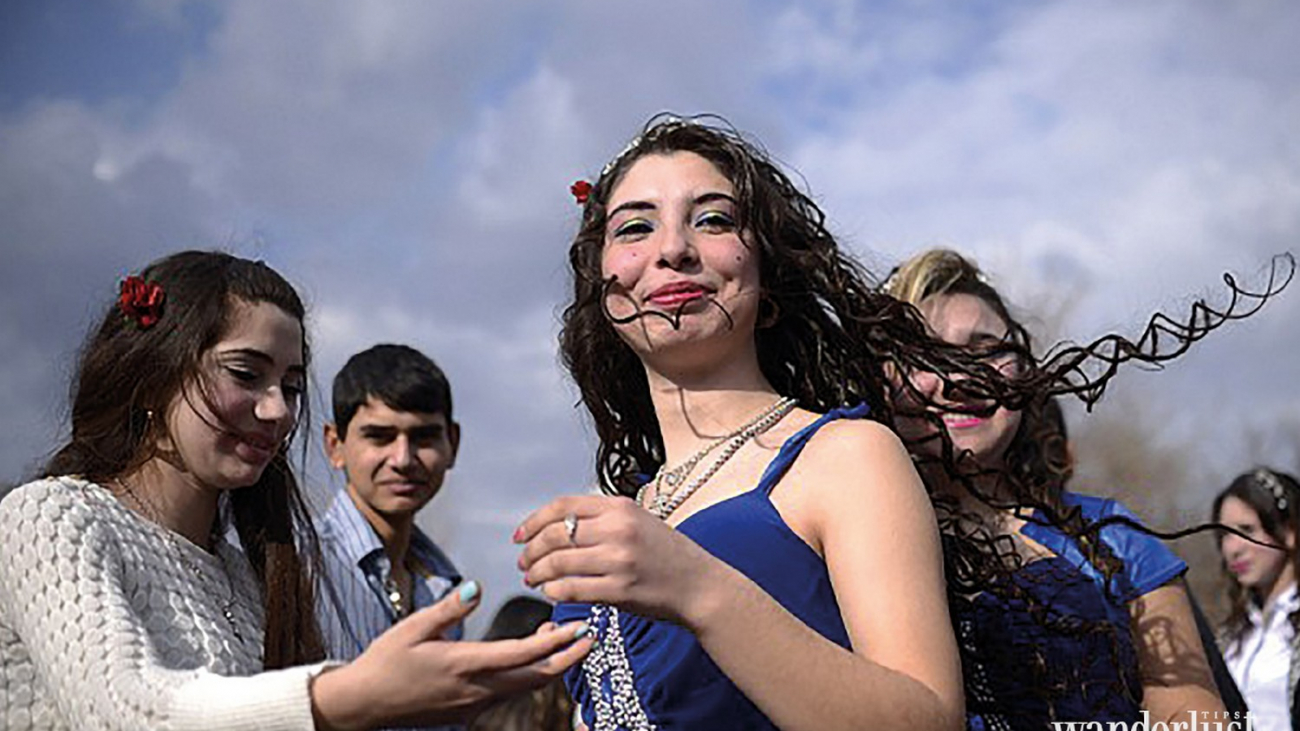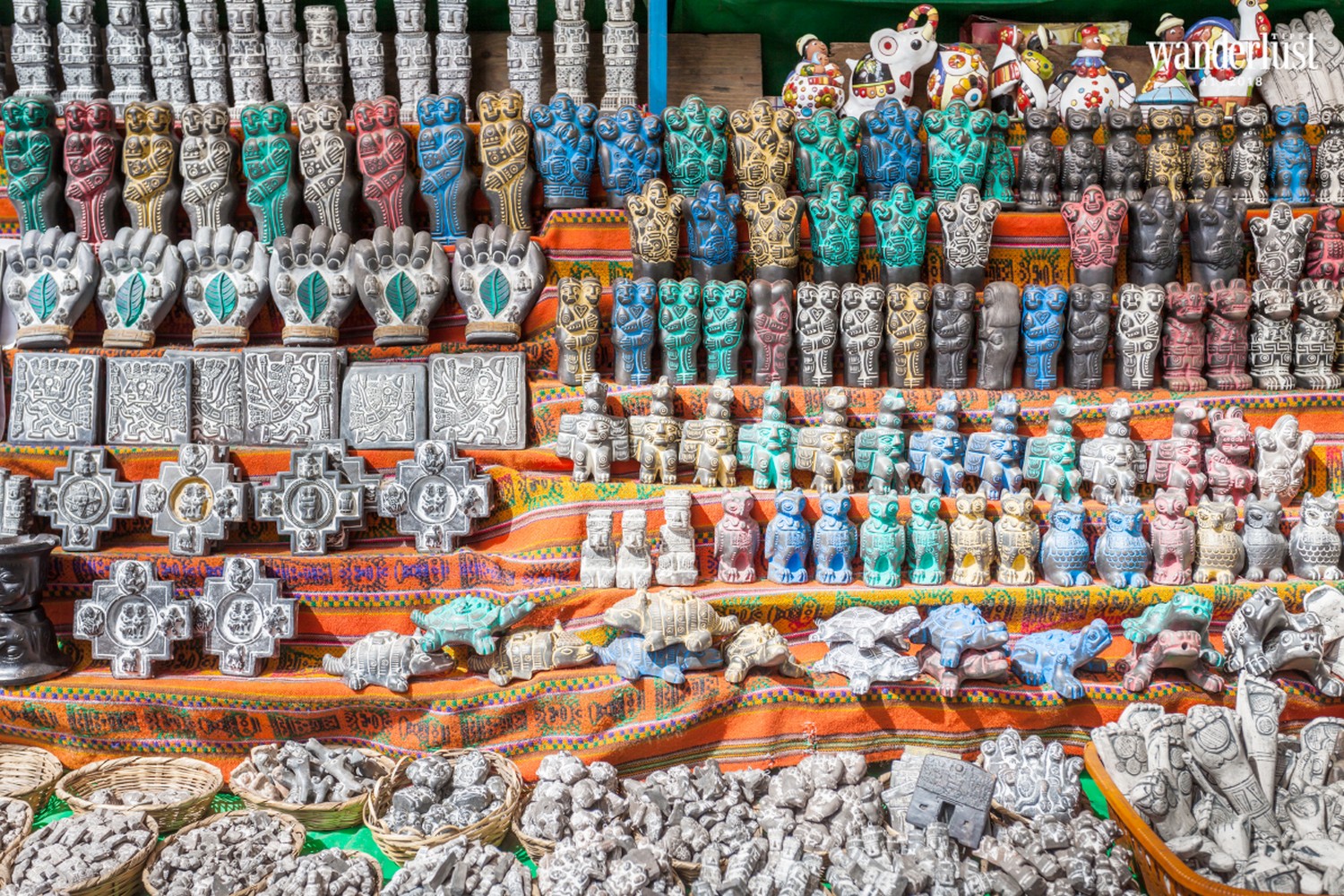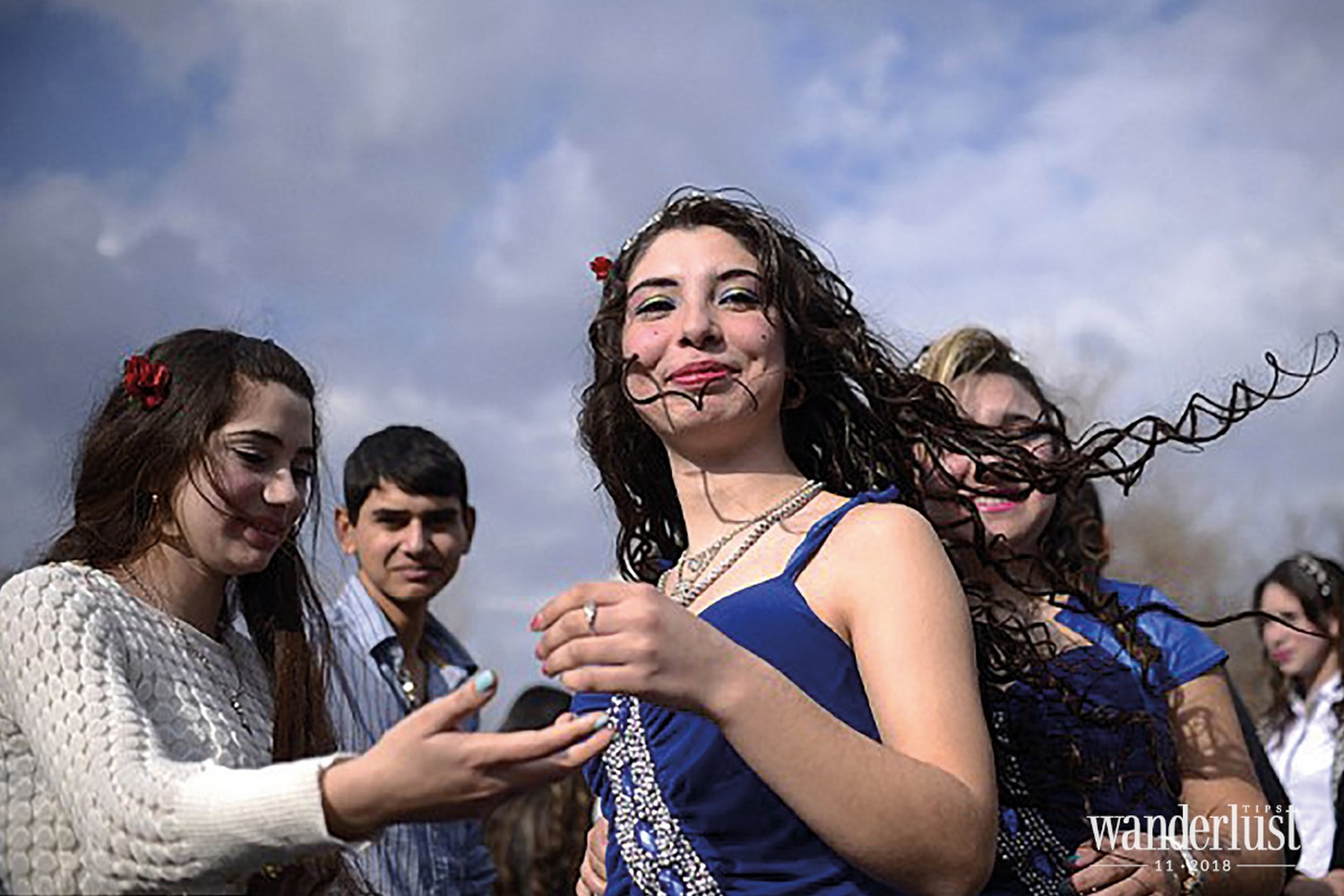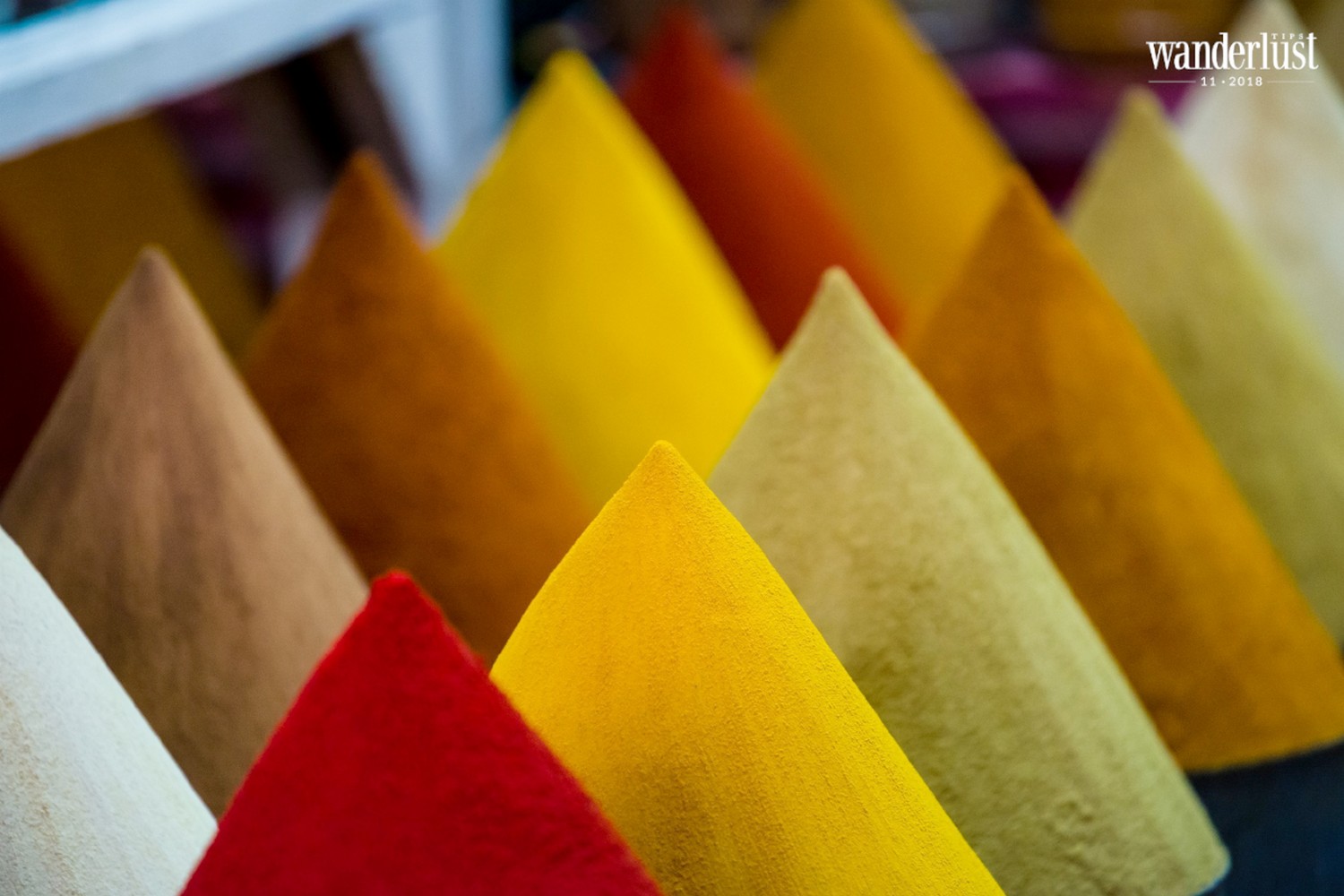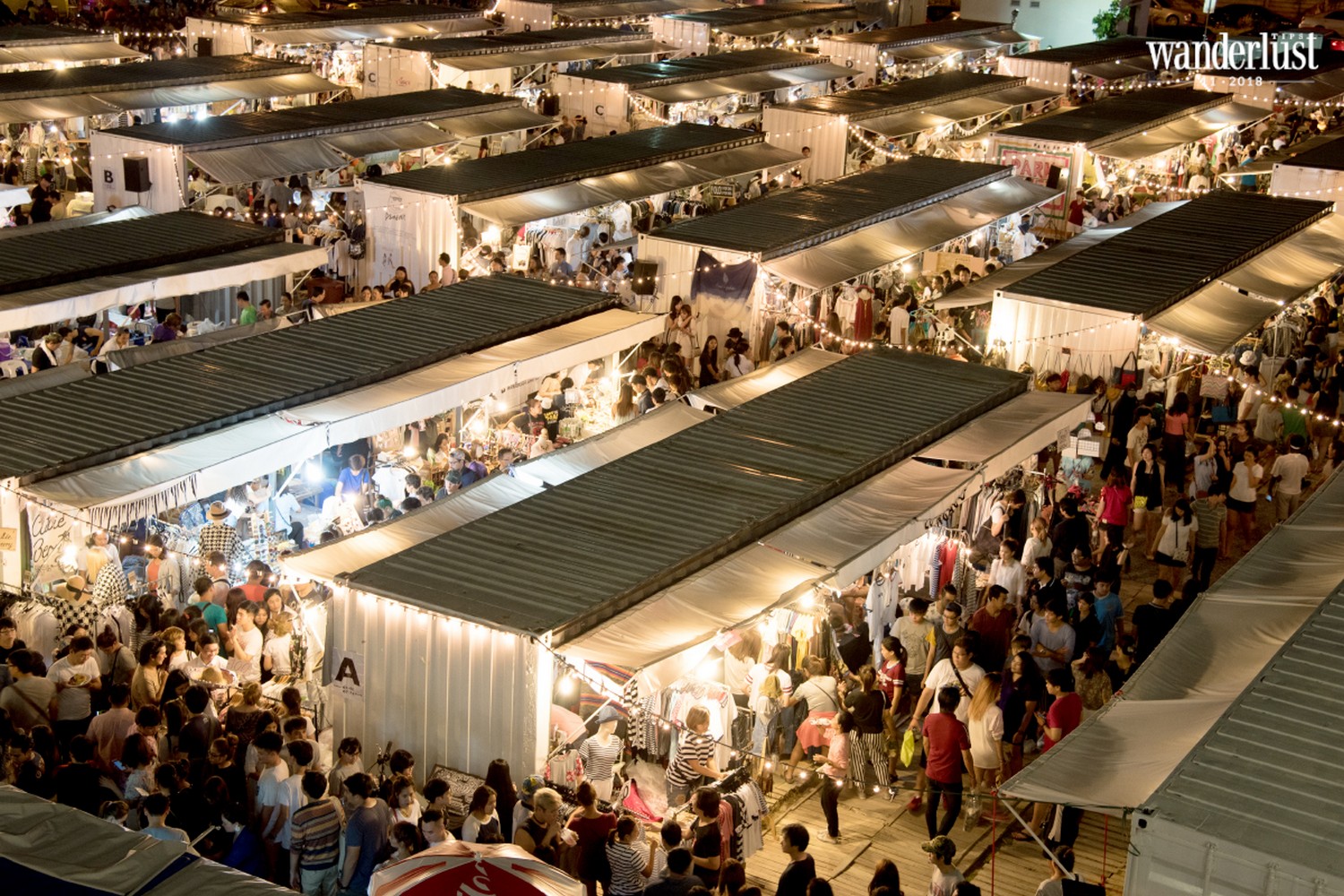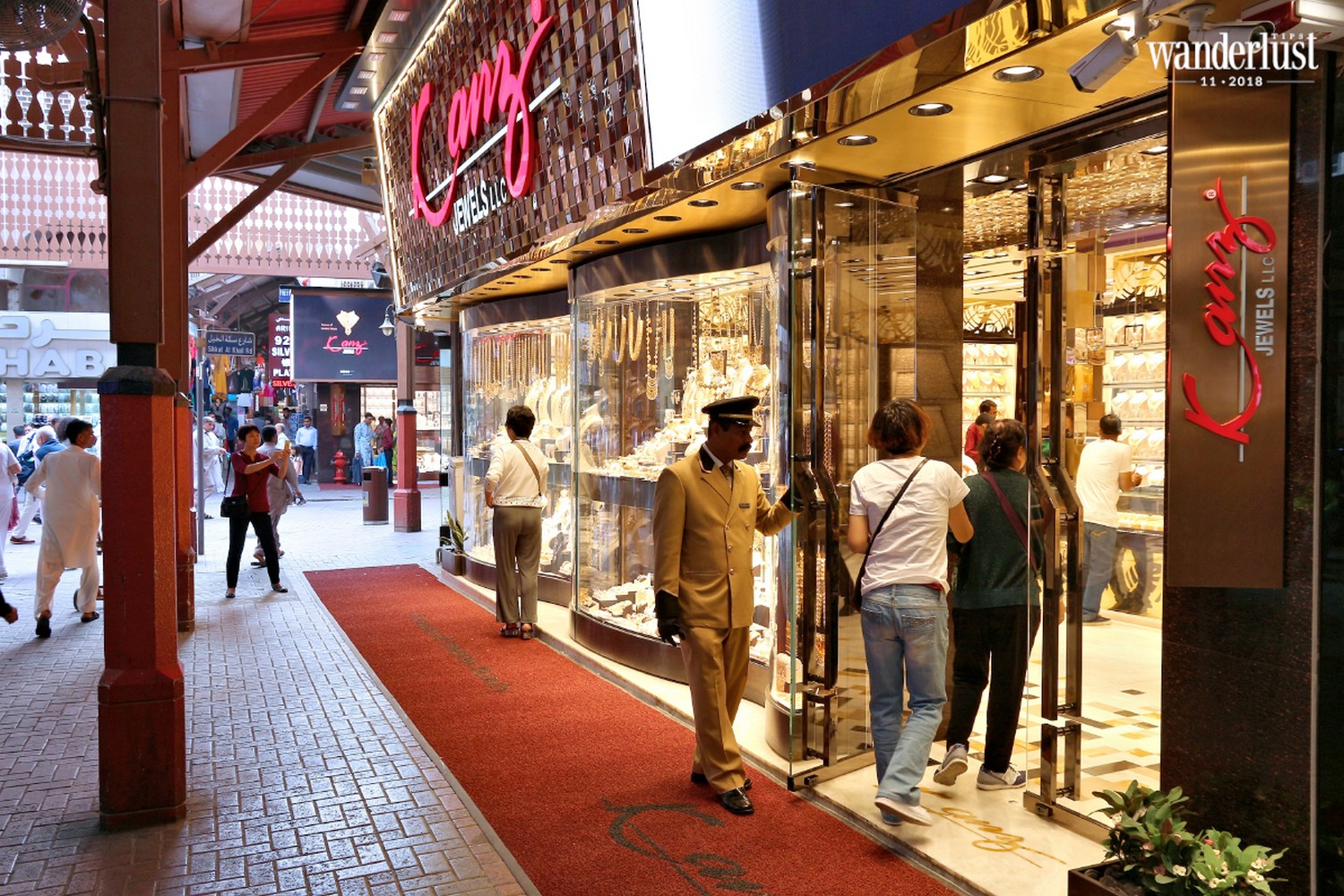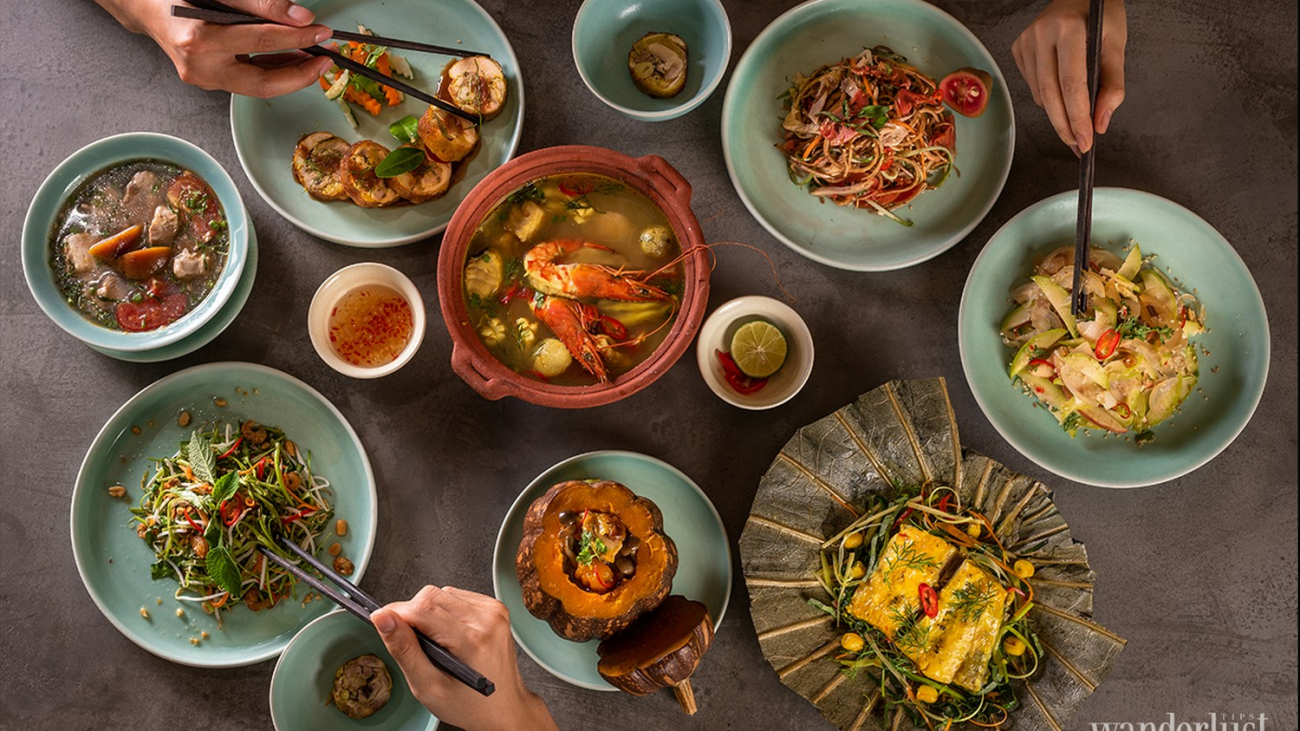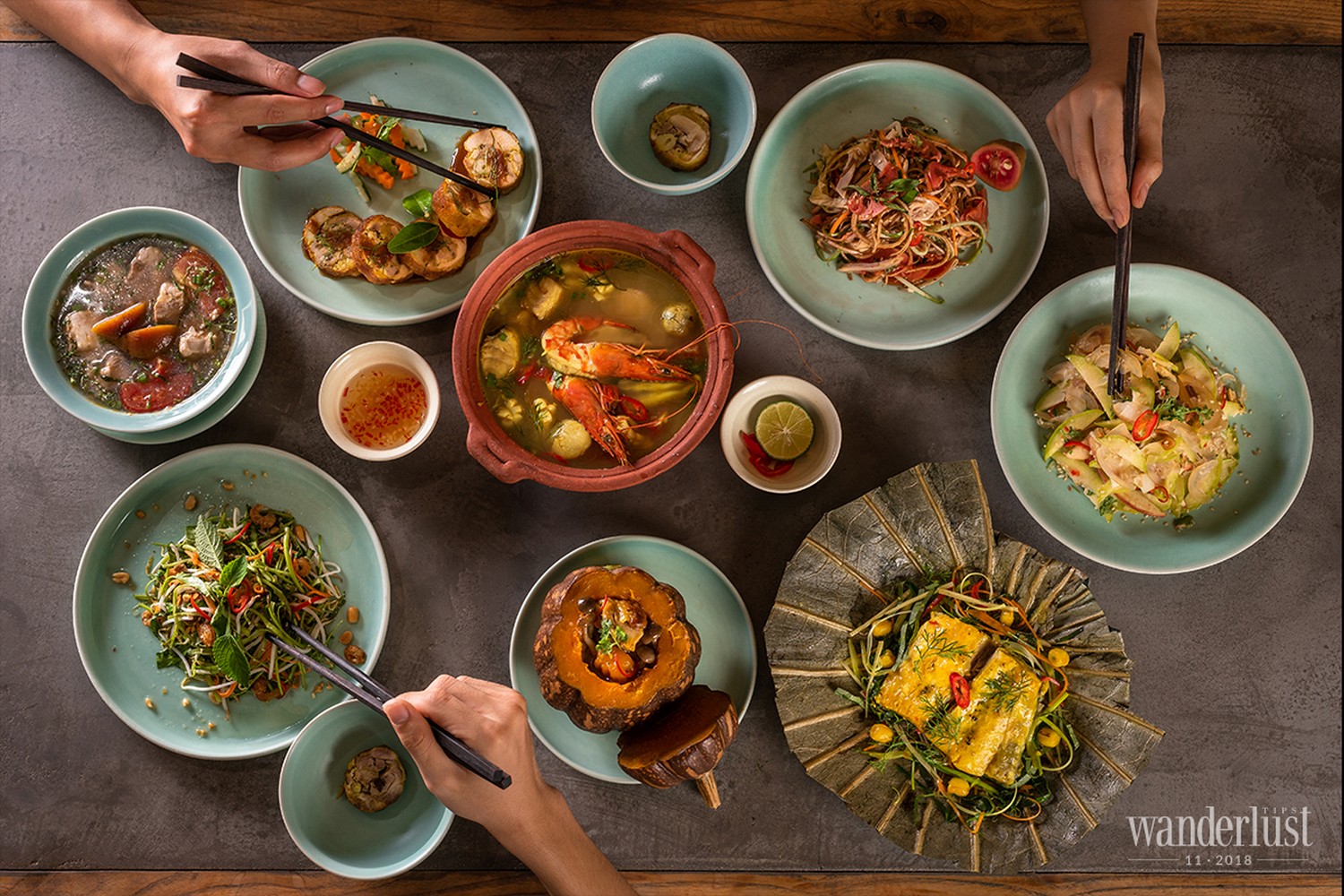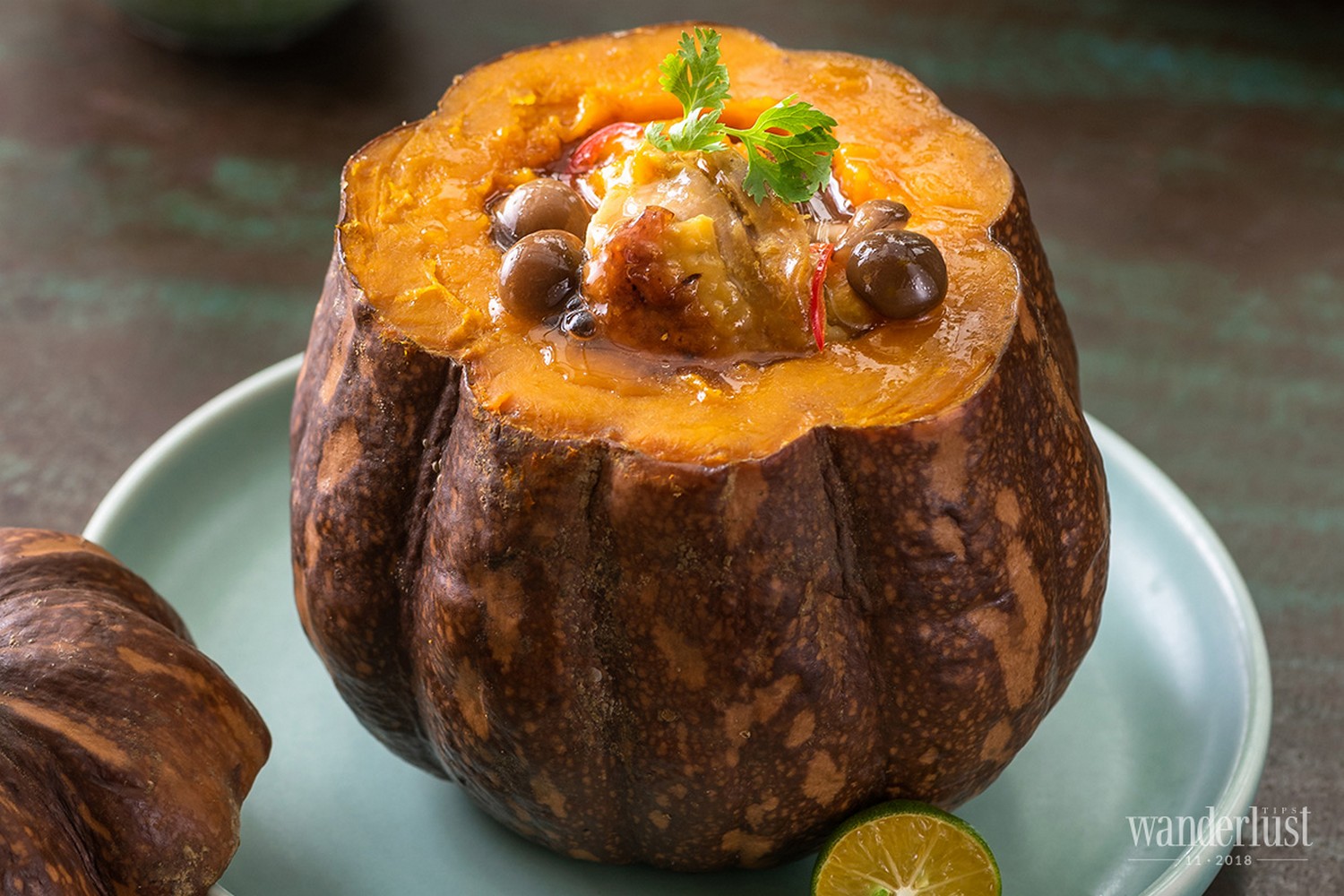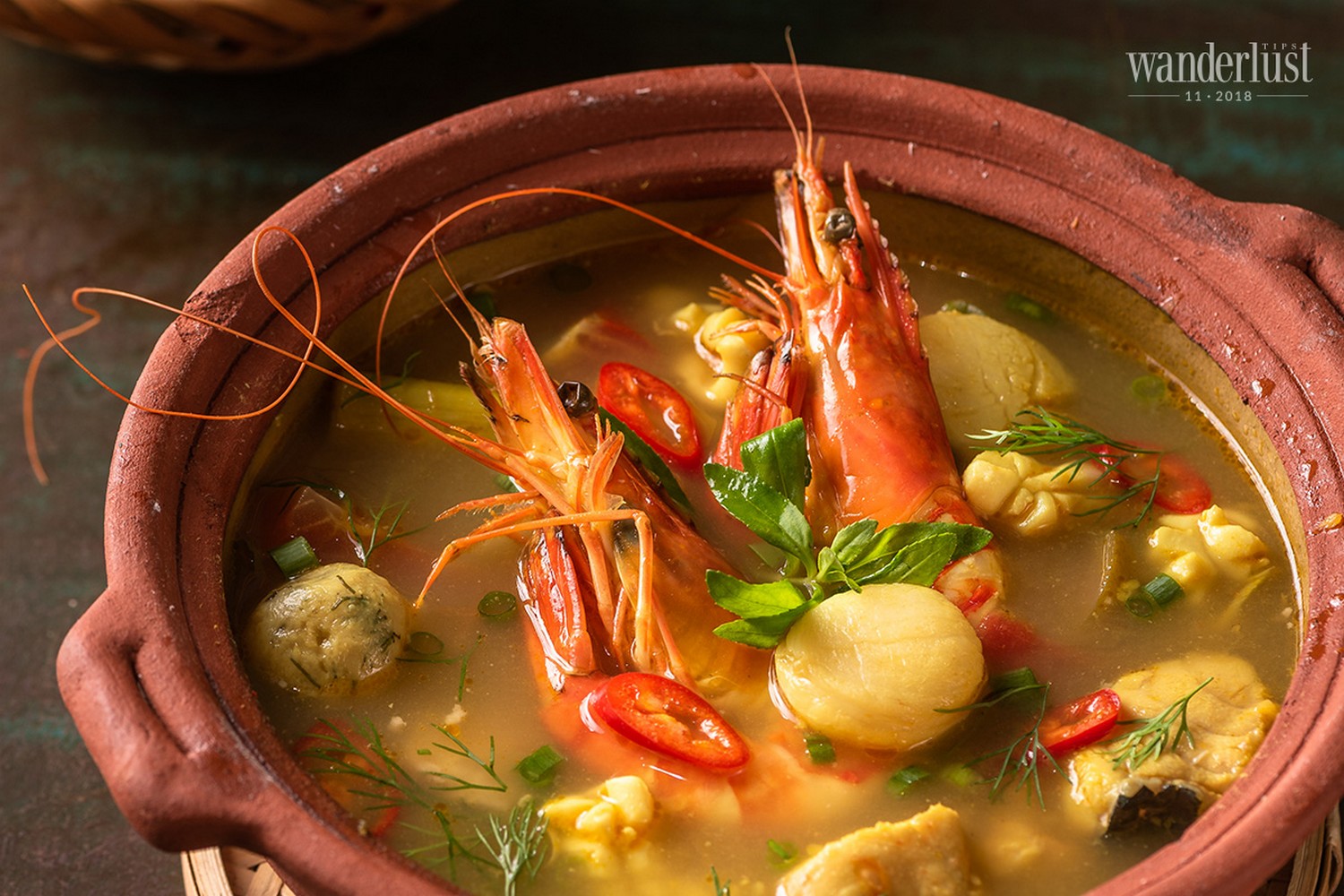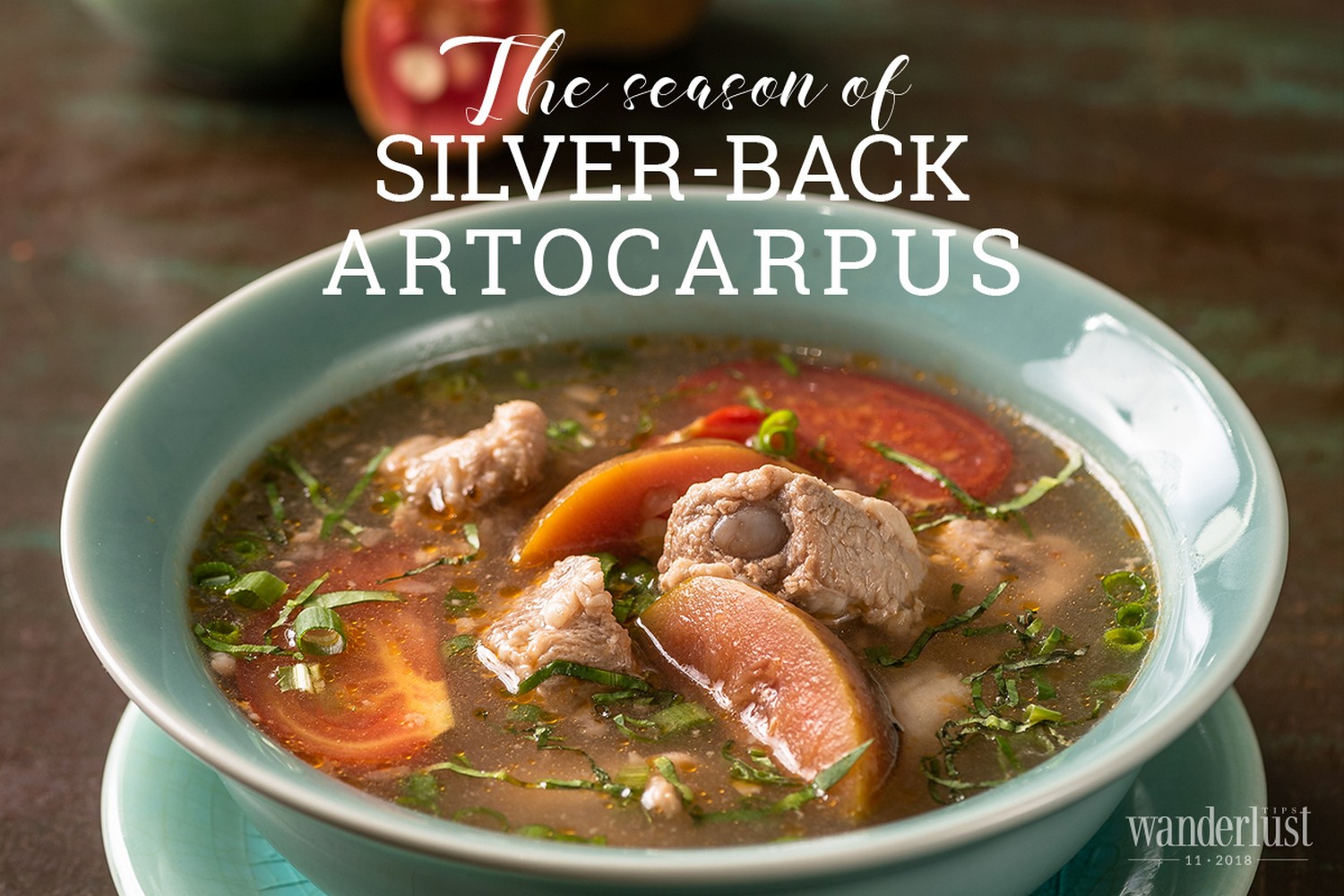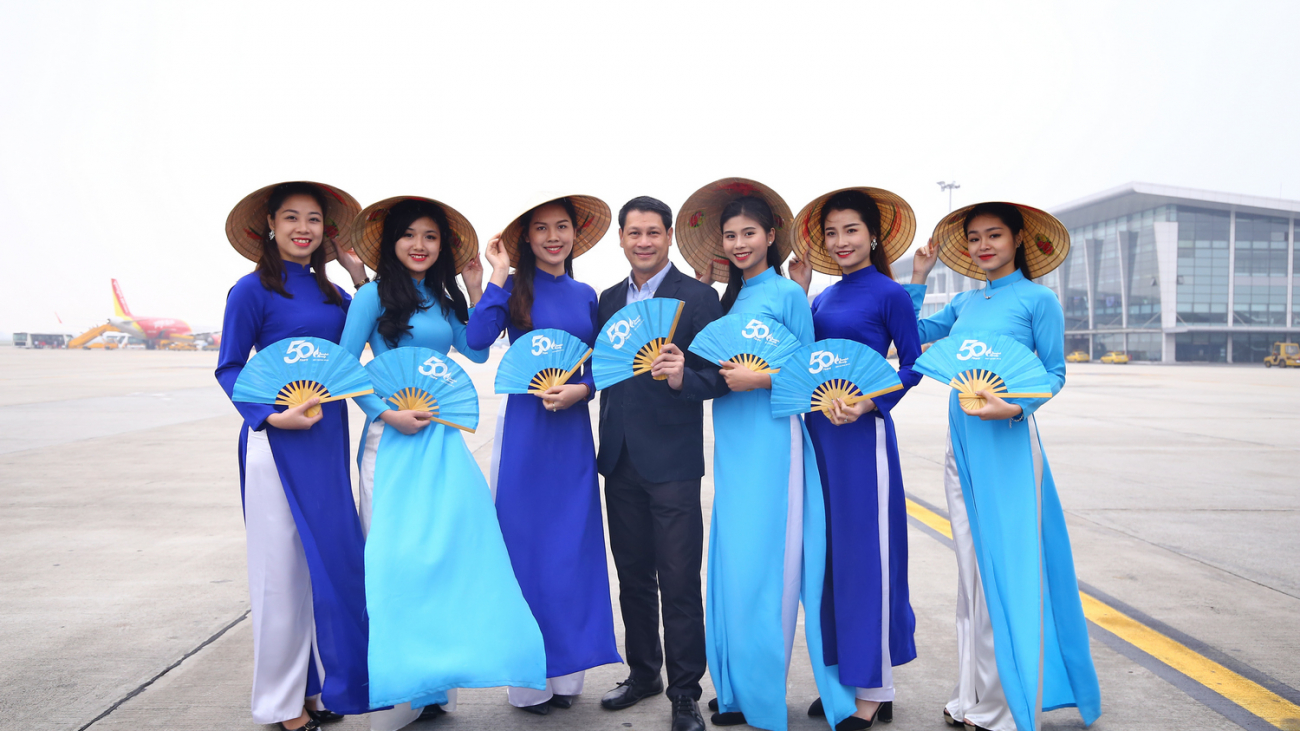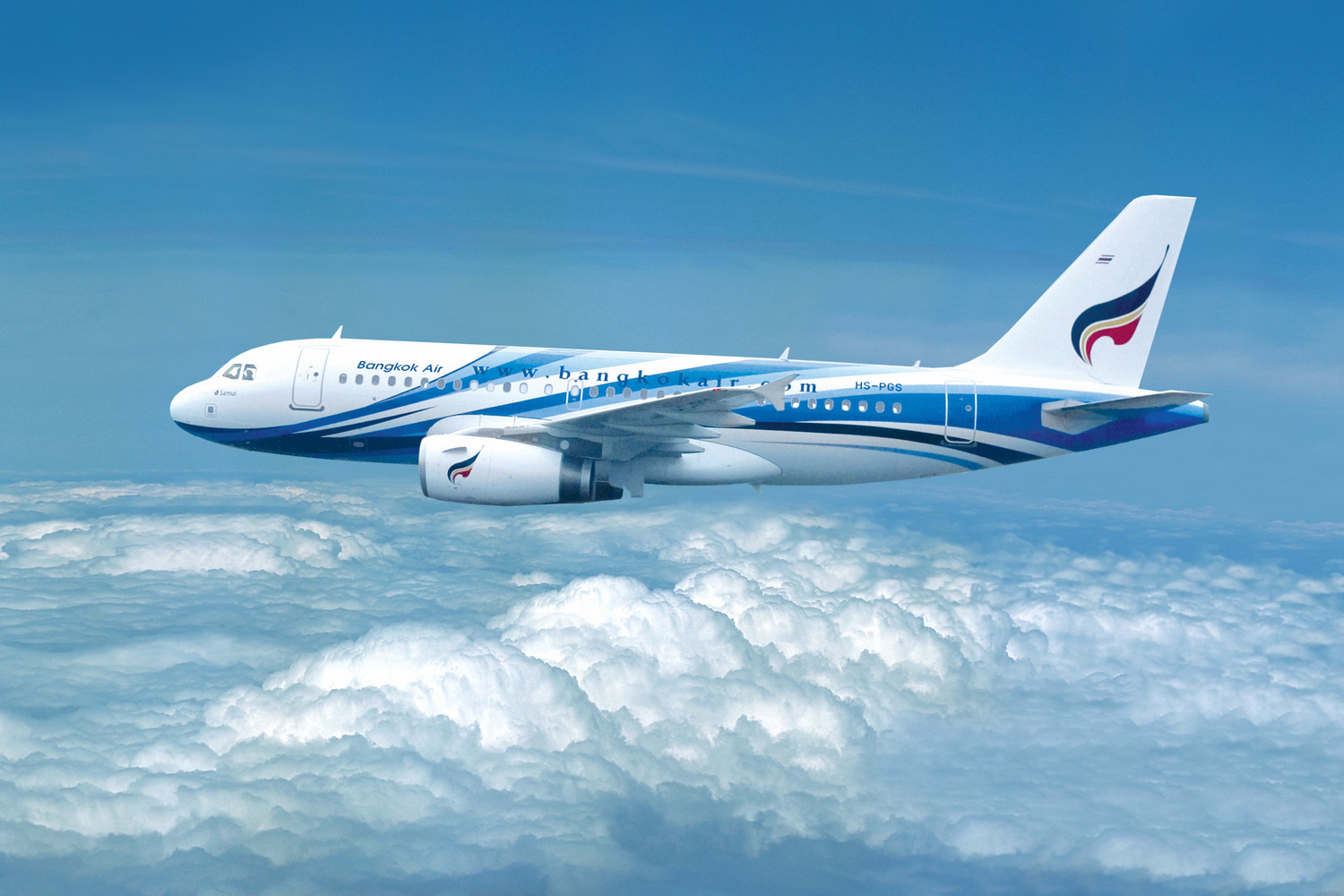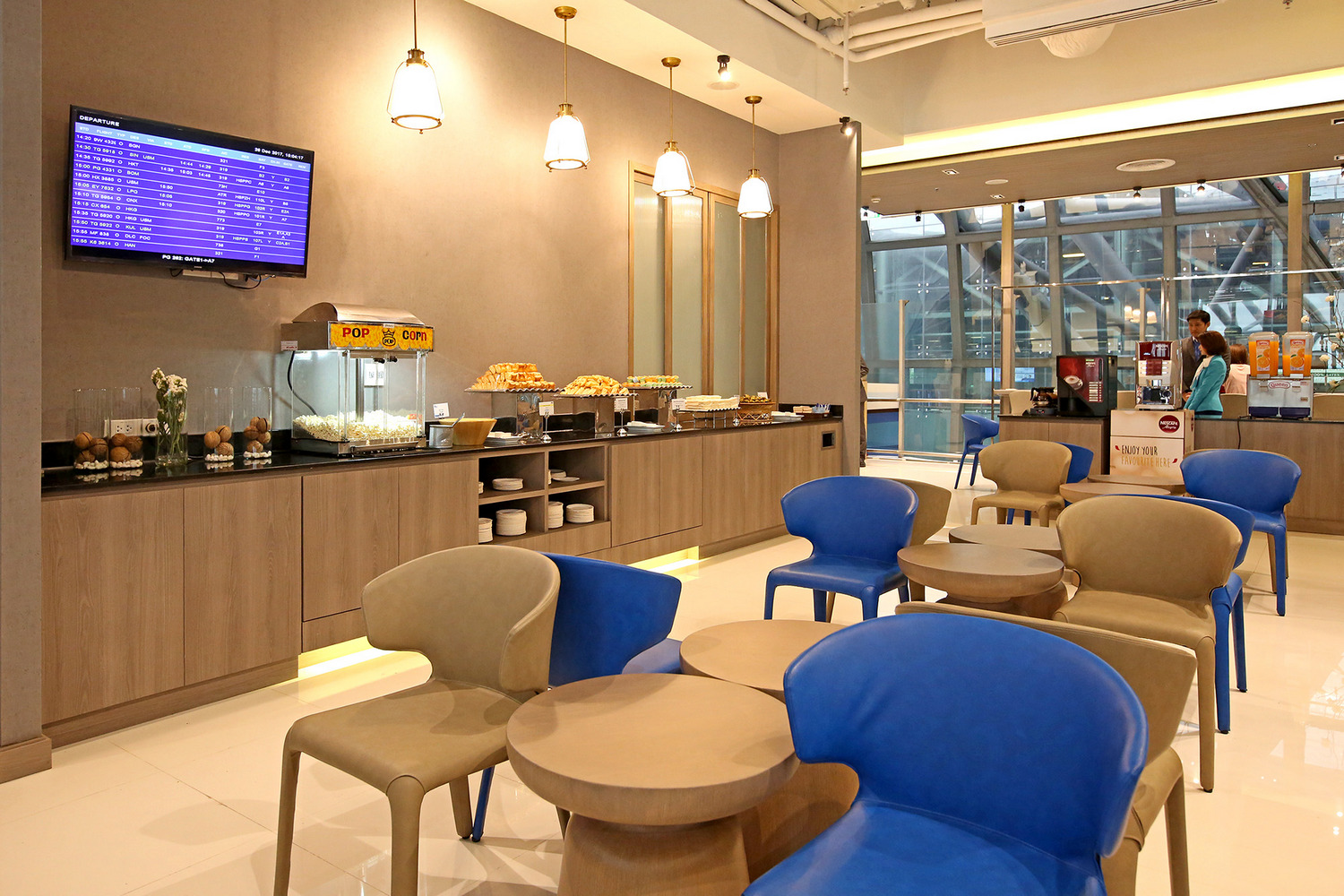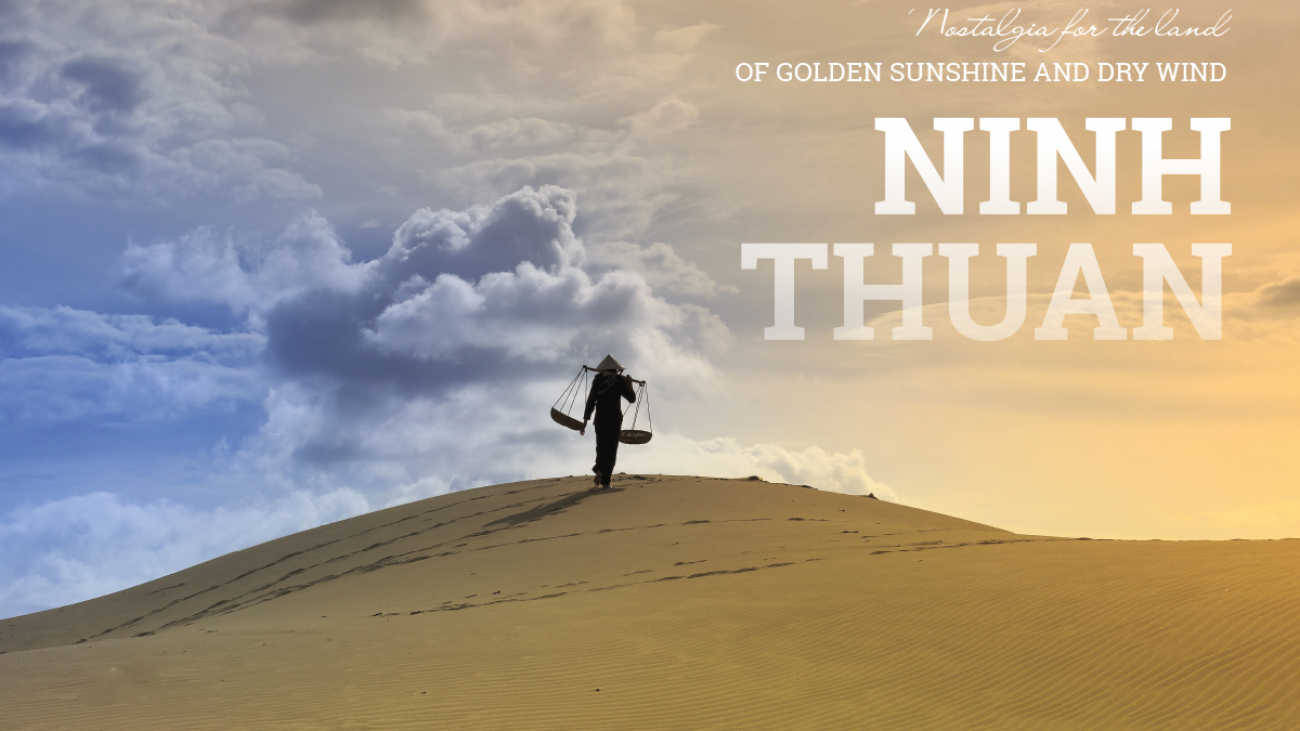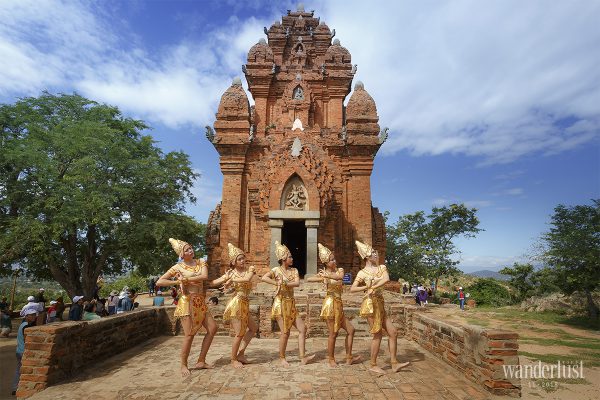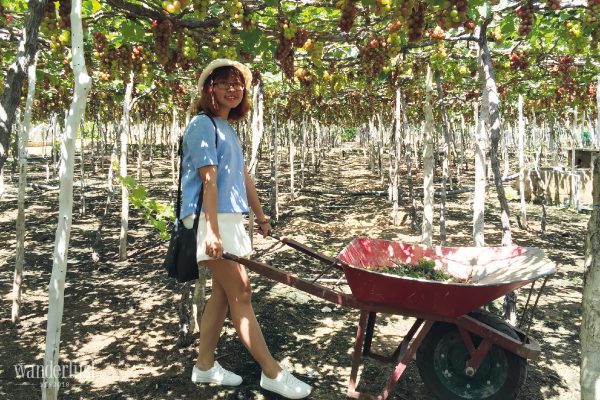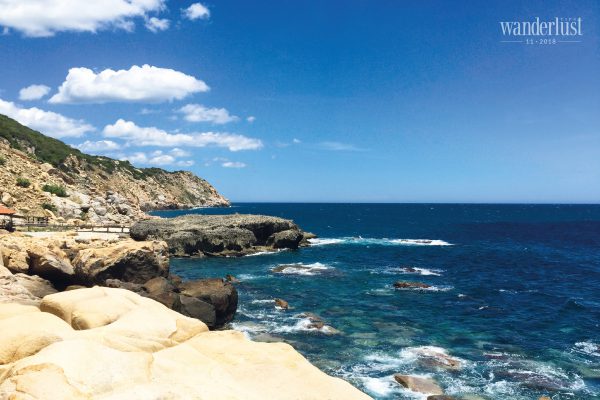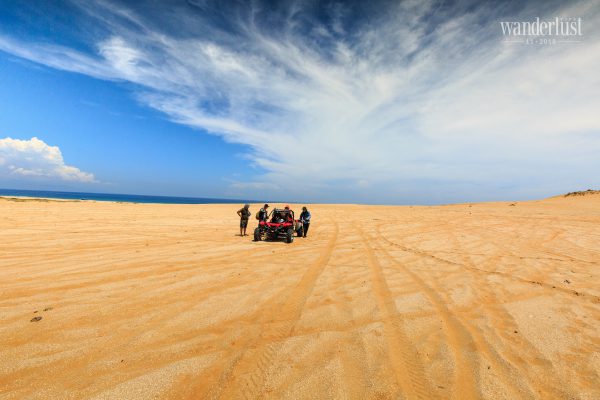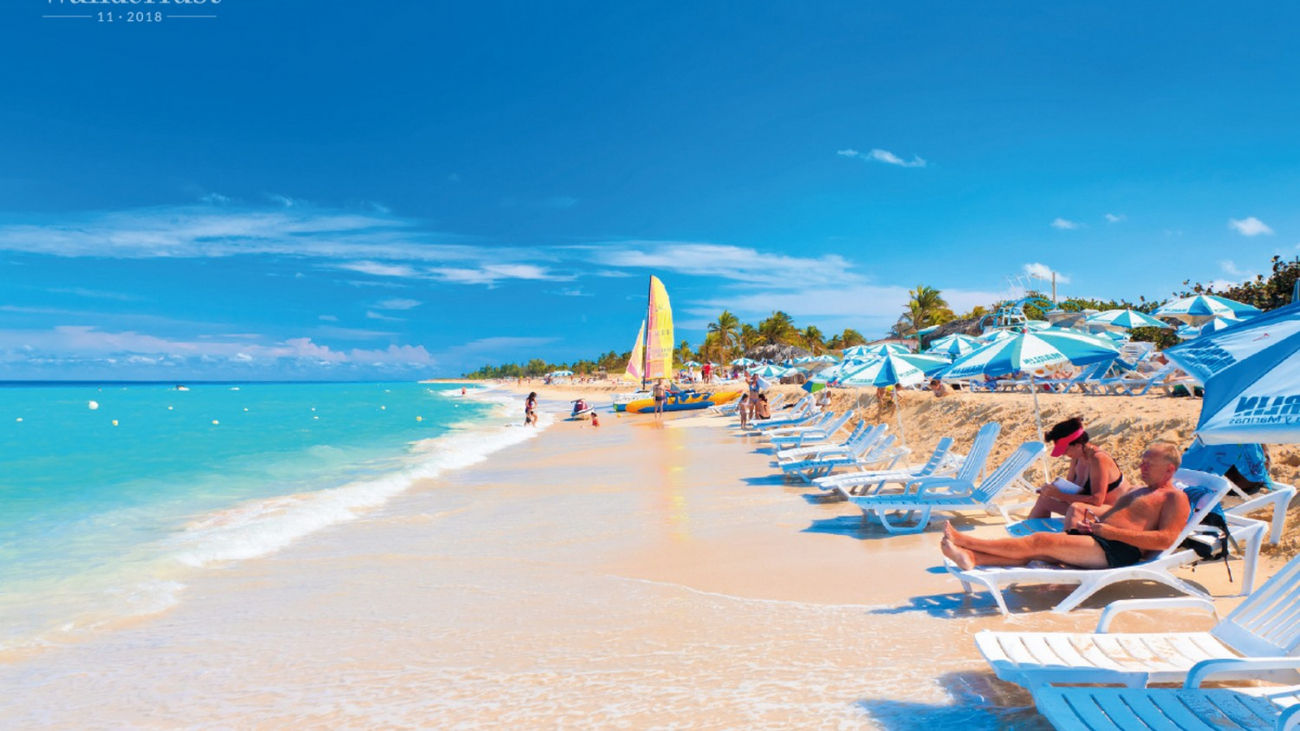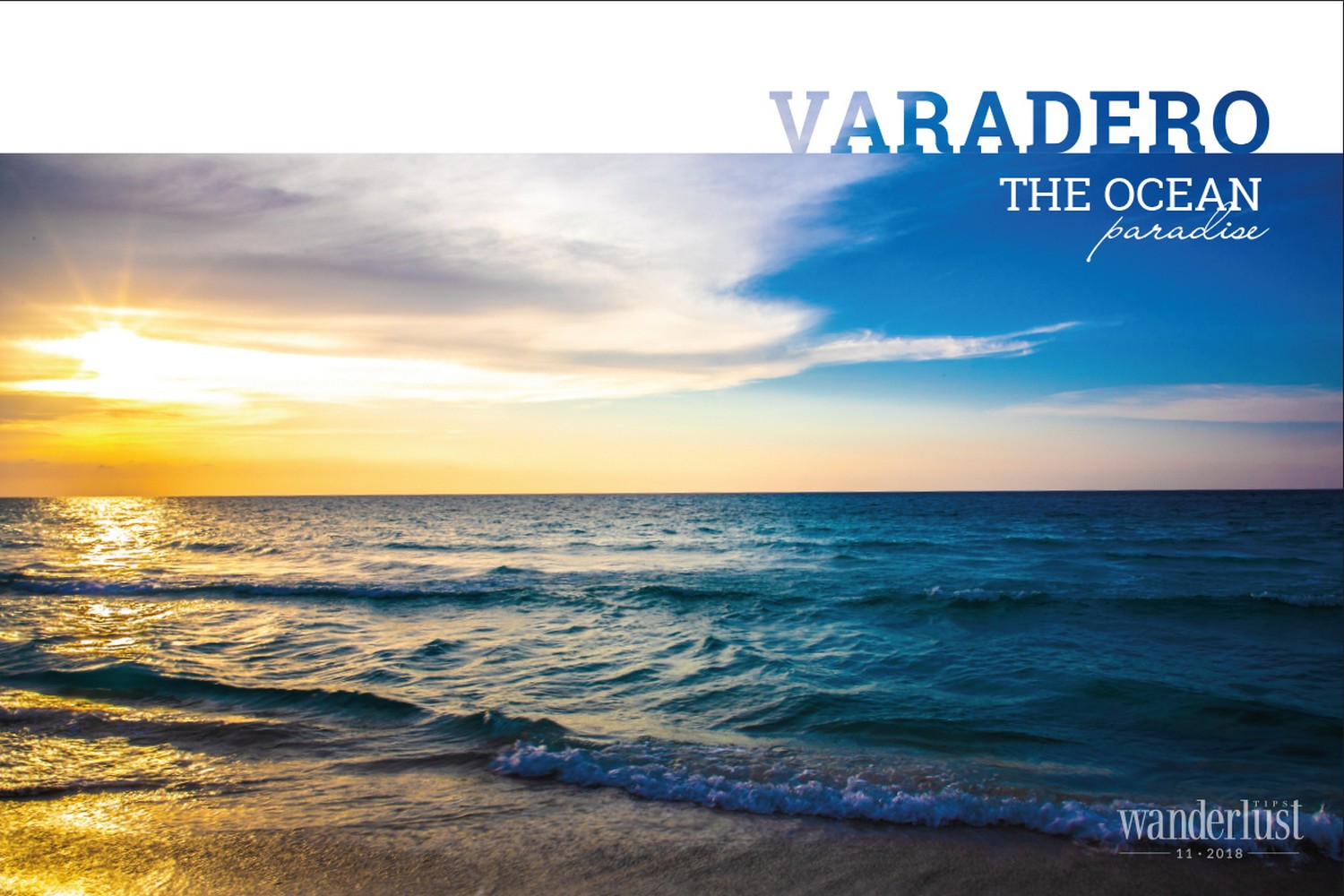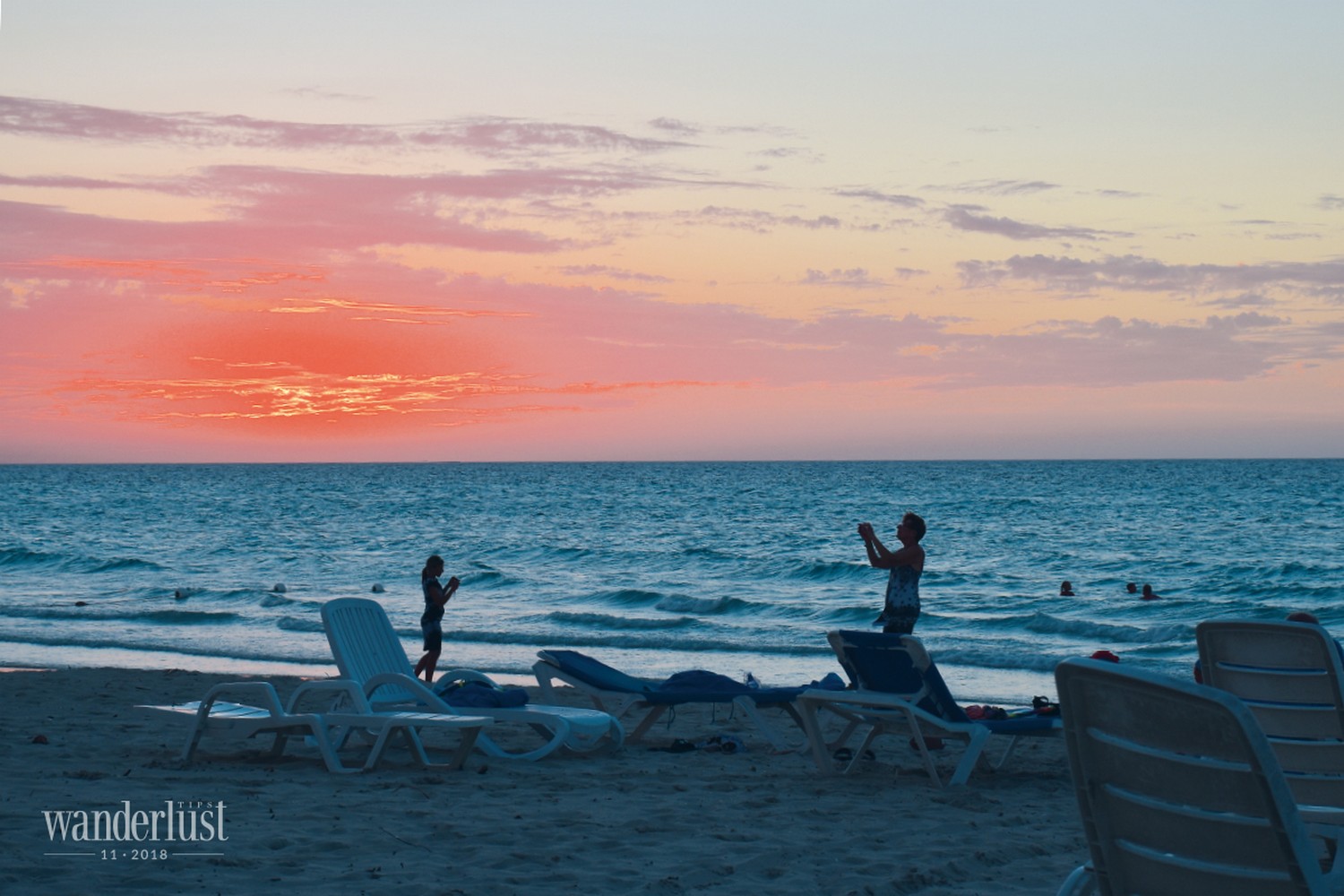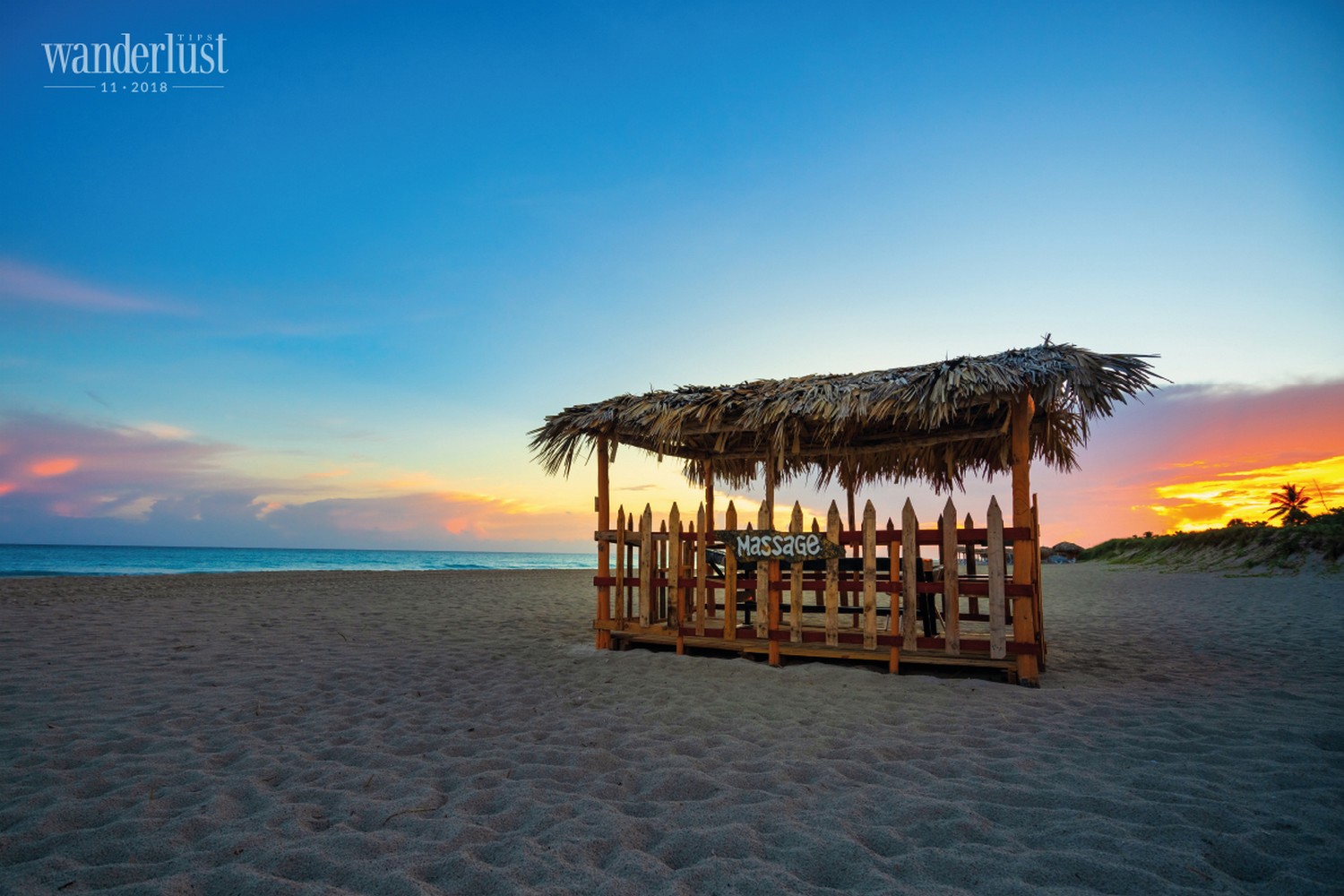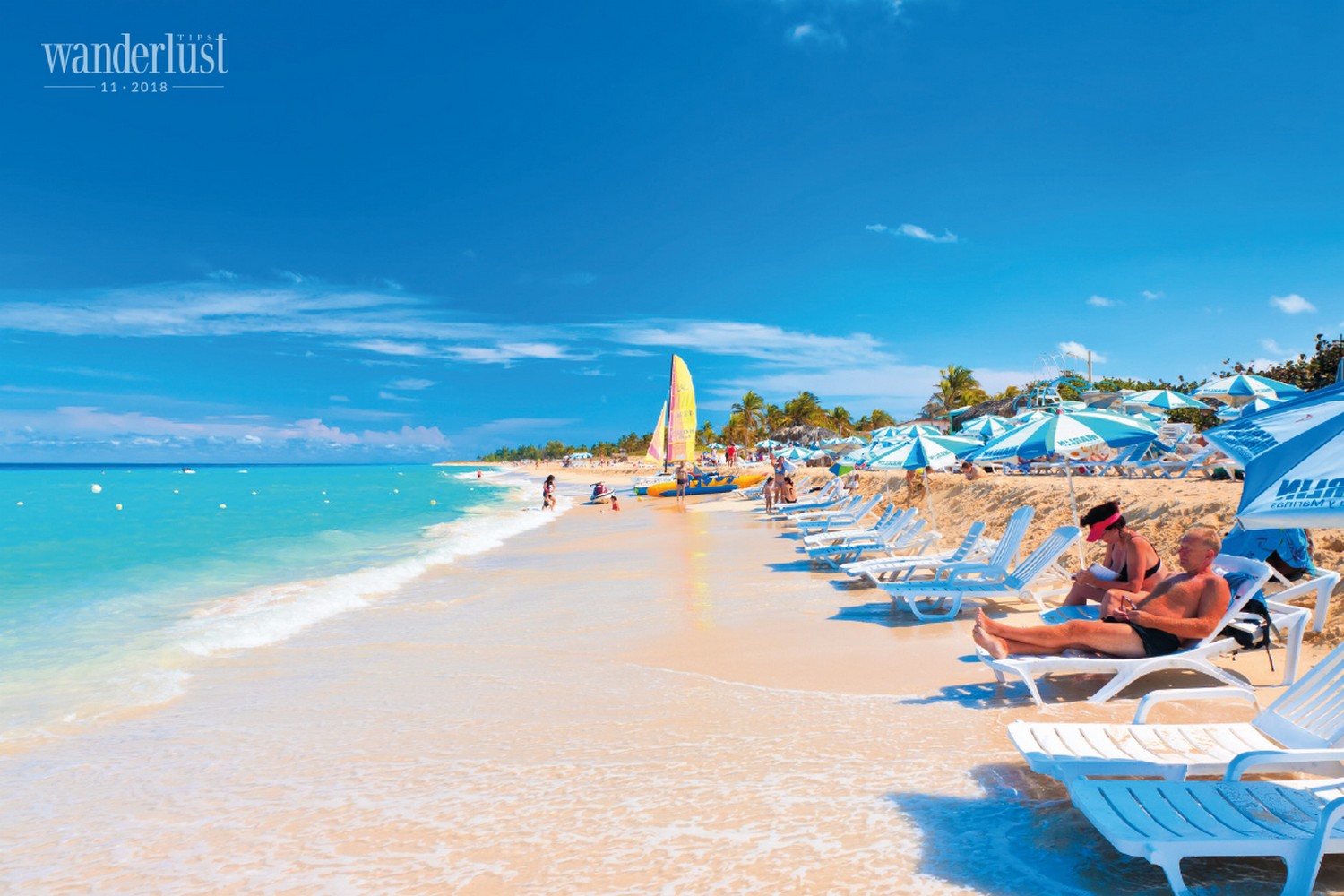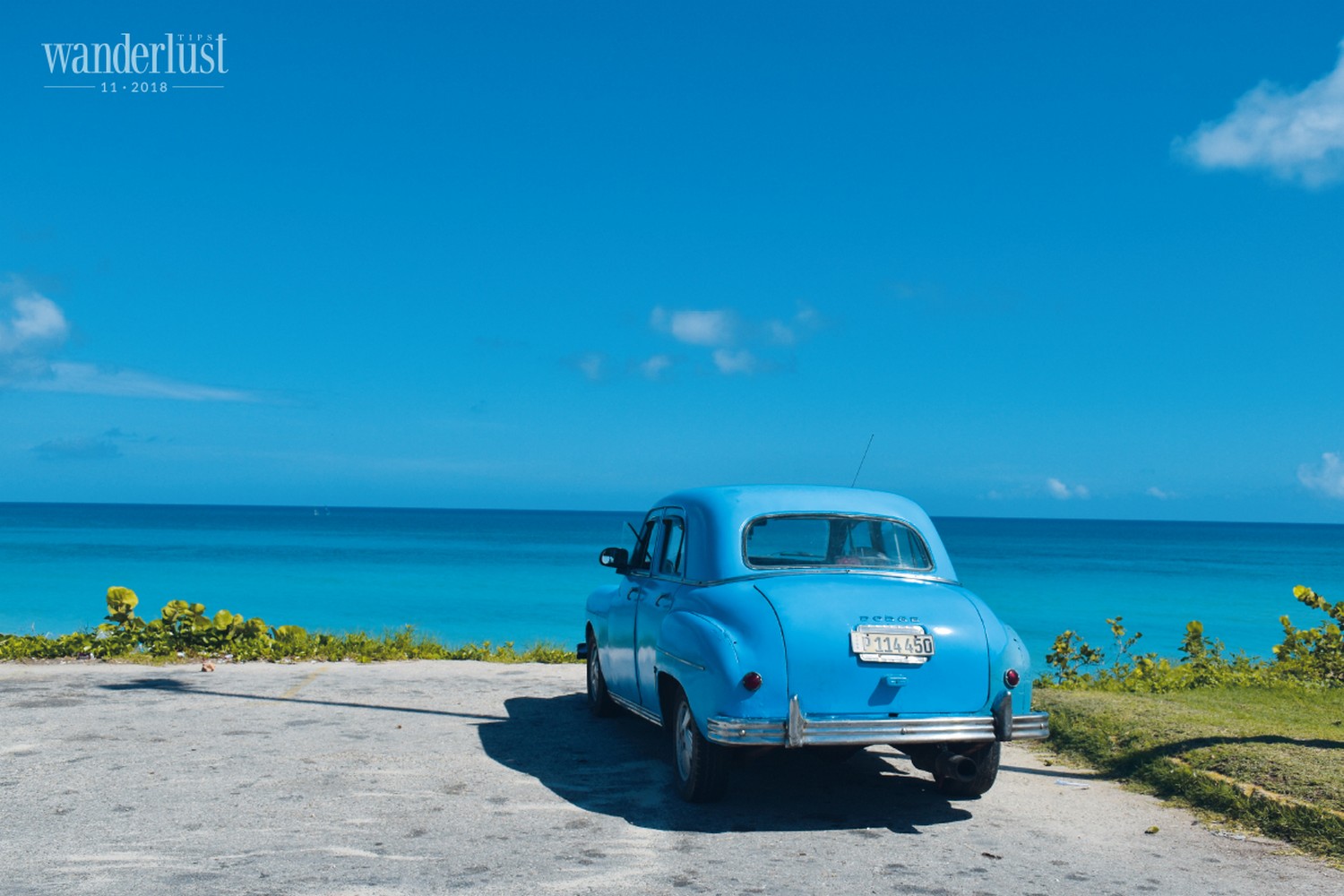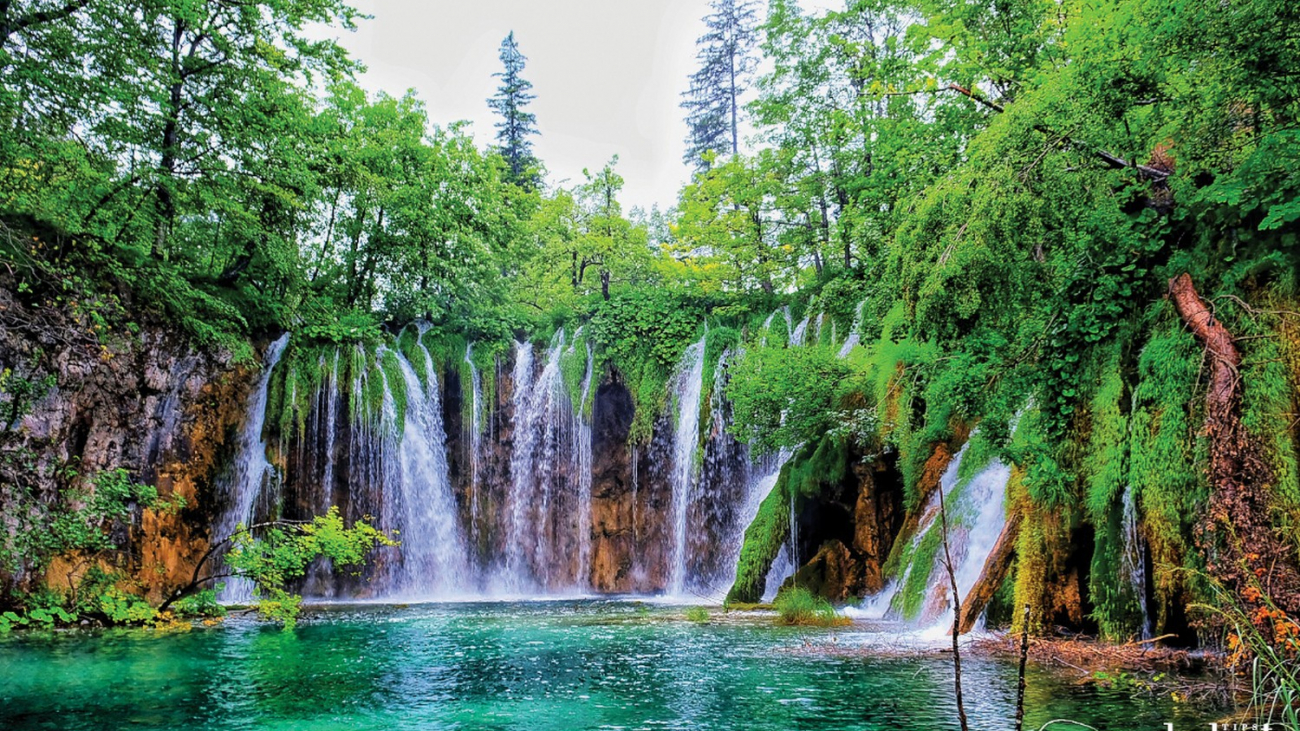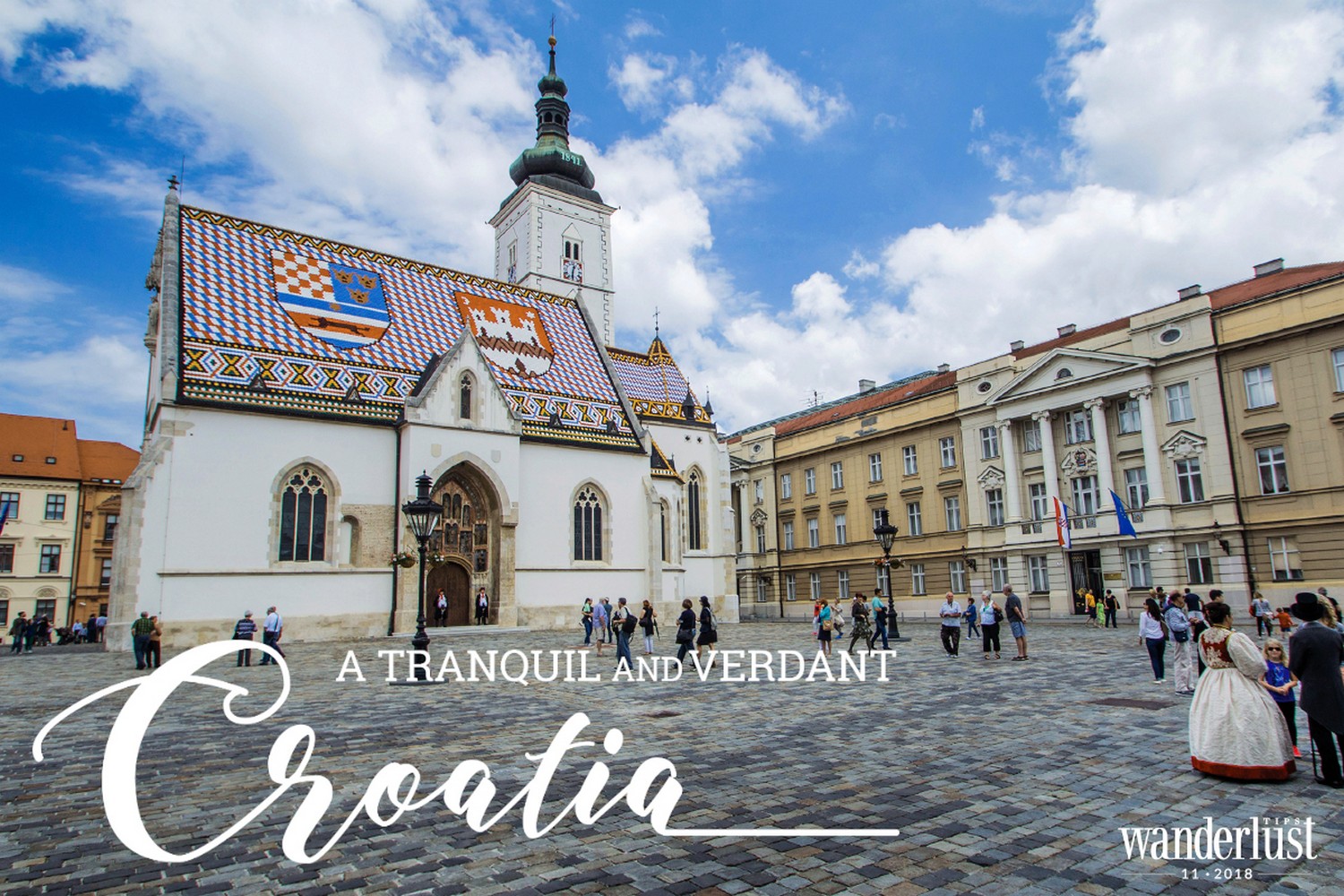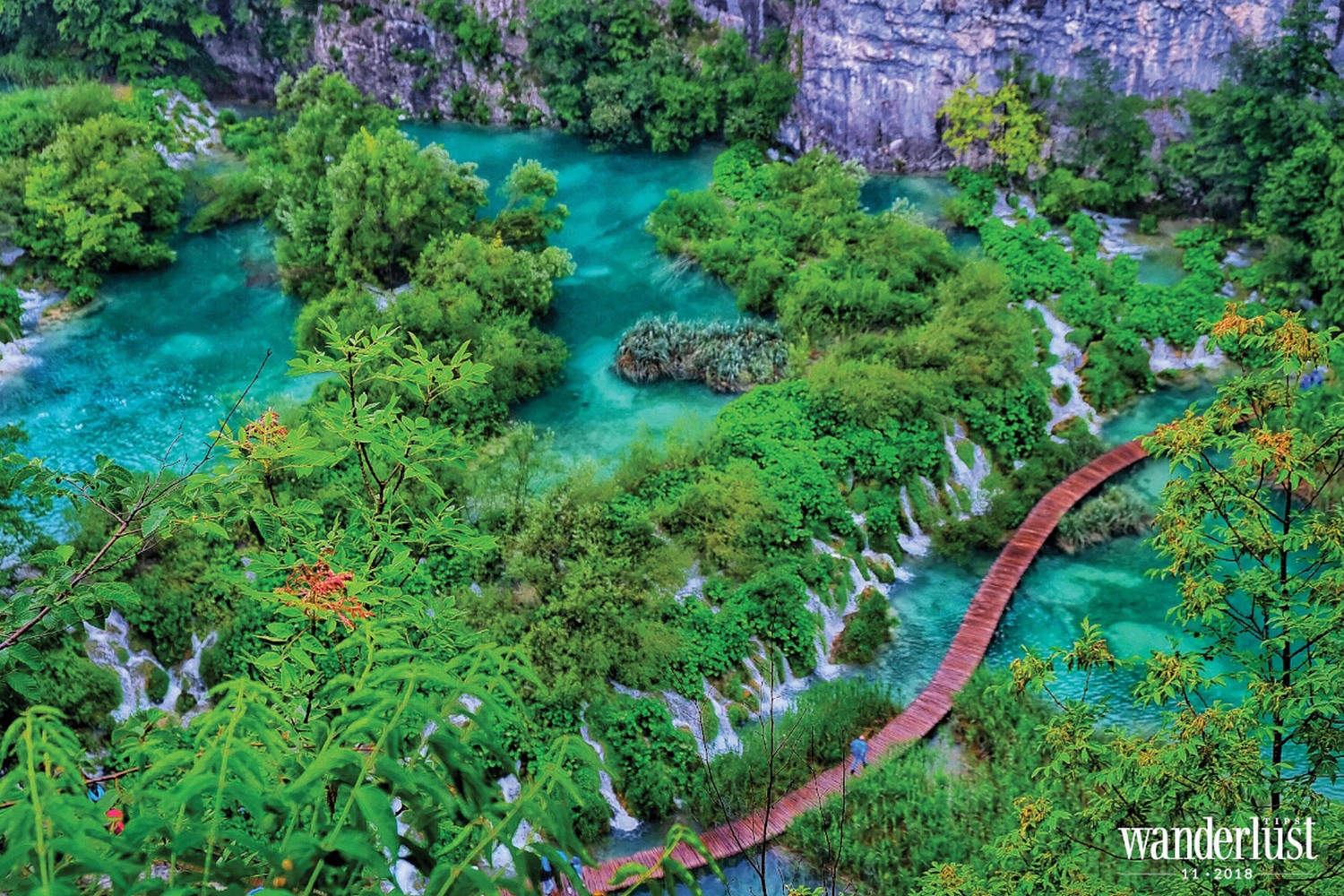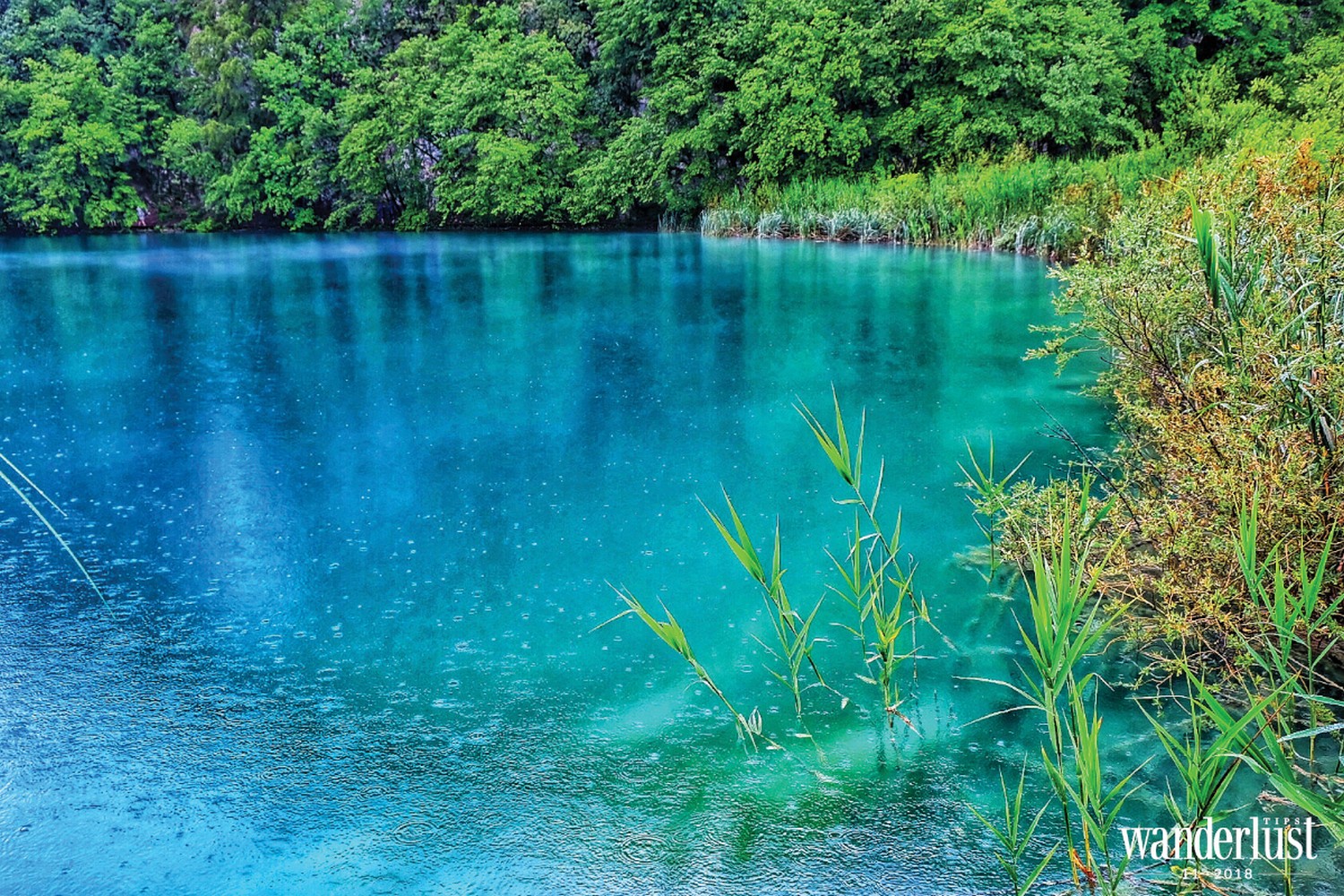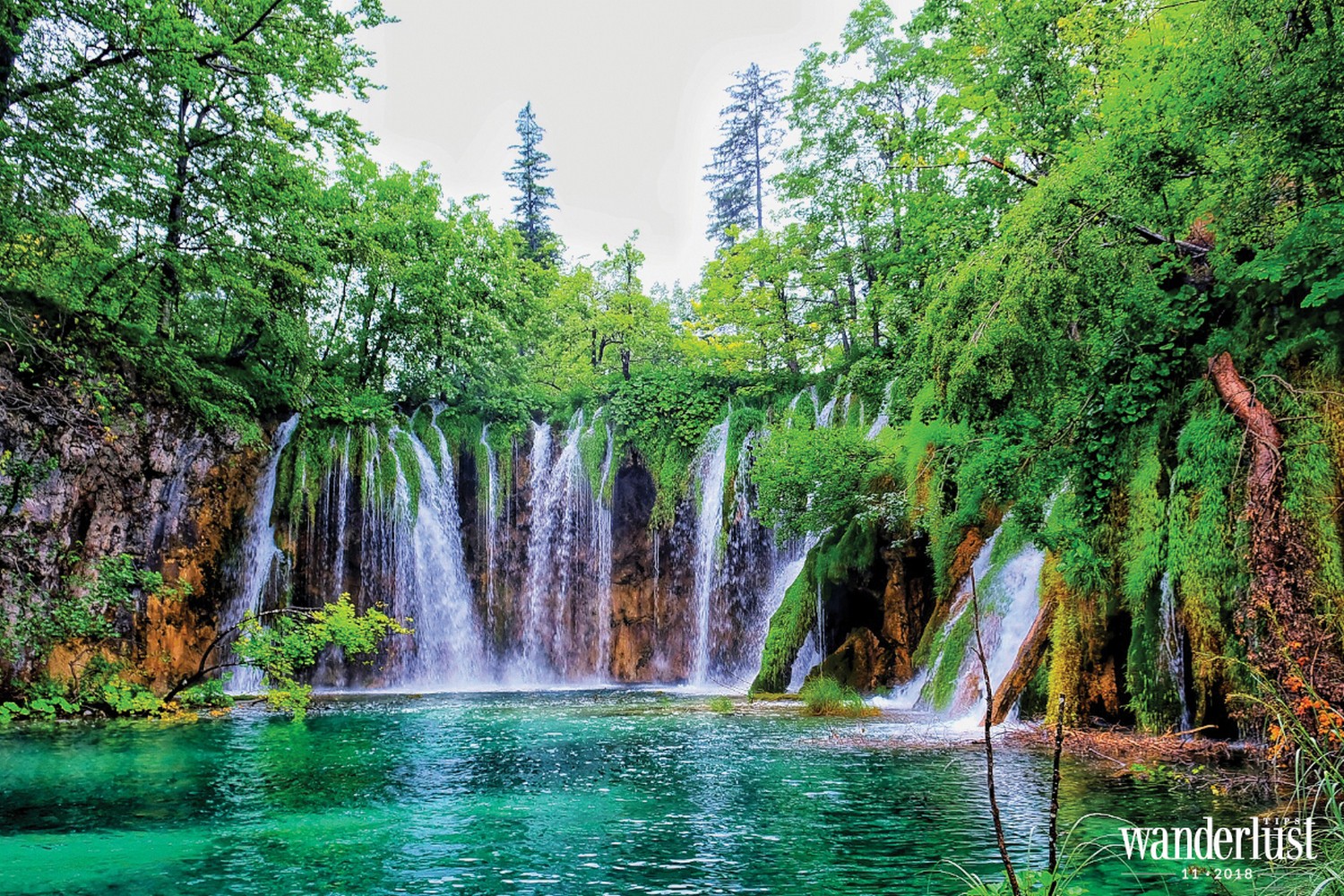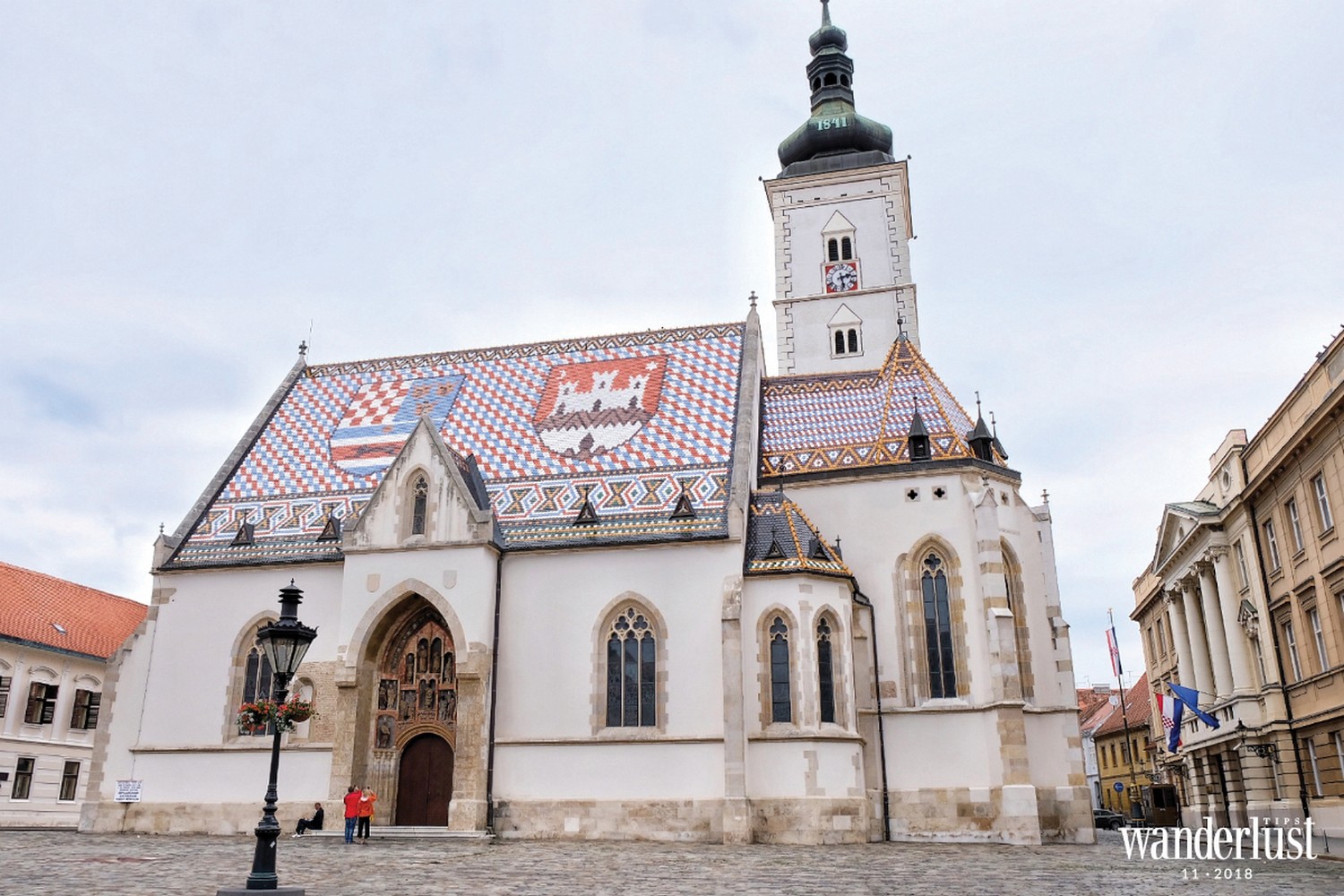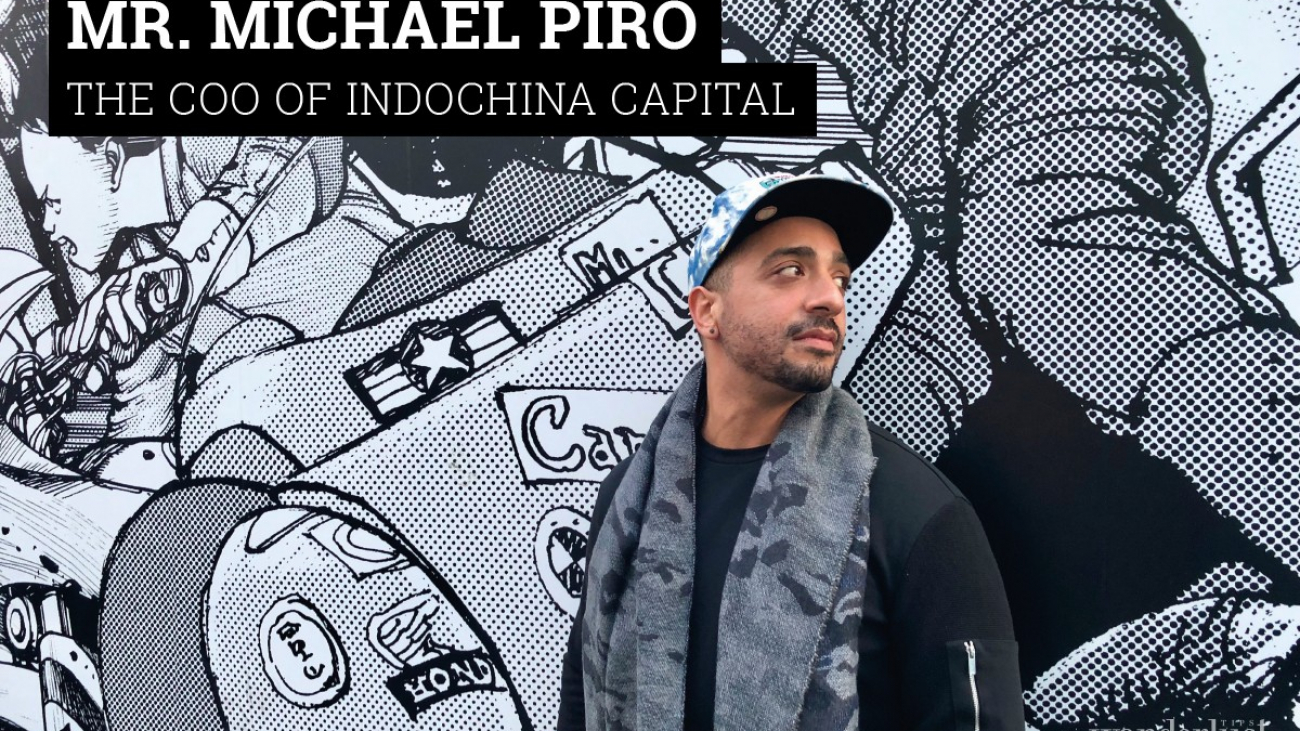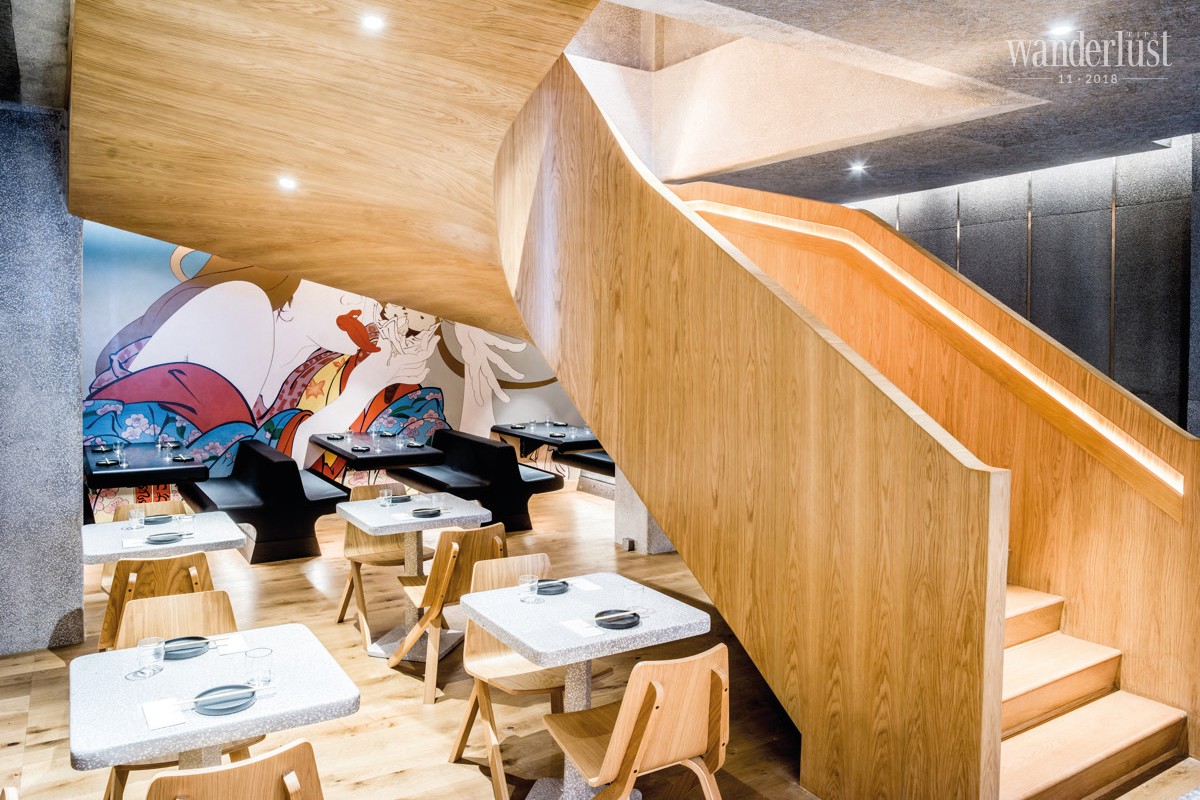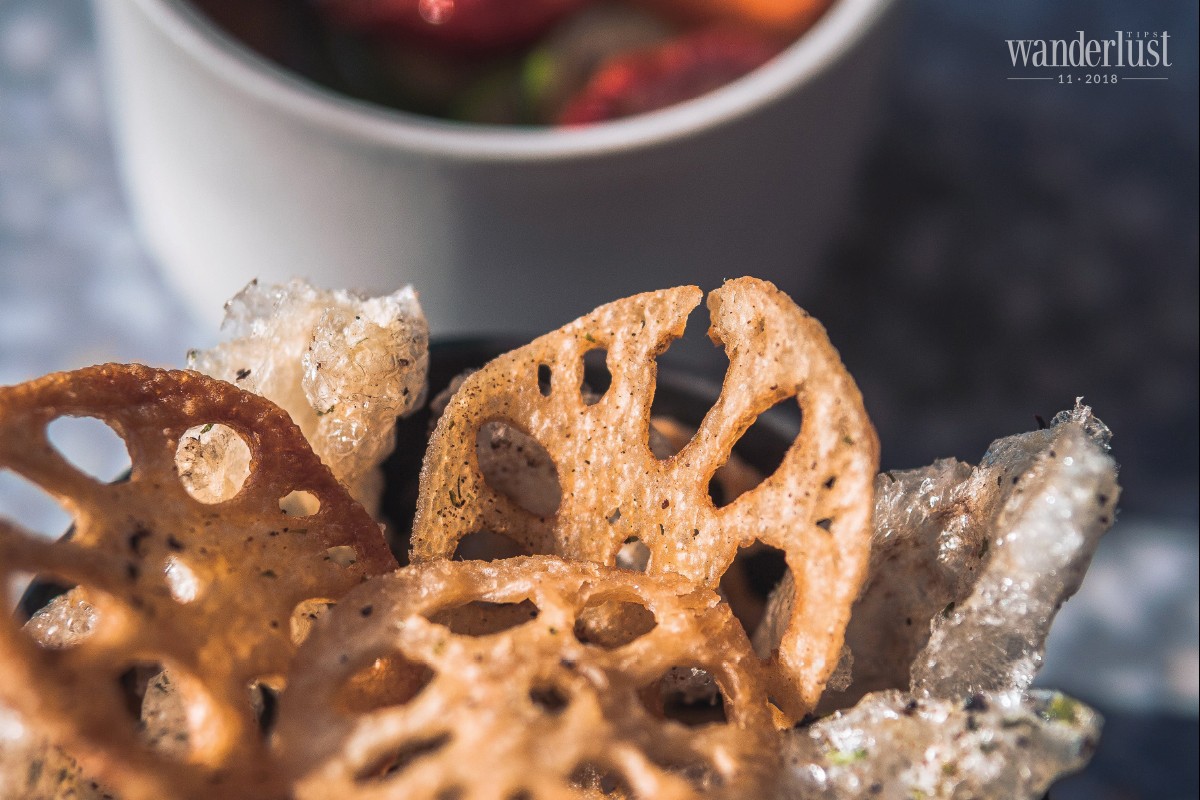For those who love adventure, the only thing that really matters is simply to discover places that others don’t normally dare to go in order to admire unique views that most people don’t see. Canyoning is such an activity; it is when the wilderness landscapes are reflected through blazing white waters and each person encounters their own limitation and invisible fear.
[rpi]
Datanla is one of the largest waterfalls of Dalat (Lam Dong province), about 5 kilometres away from the city centre. Unlike most of the other waterfalls, Datanla is secluded from the outside world and surrounded by vertical cliffs and luxuriant forest. It also has relatively large amounts of water all year round. The waterfall clusters stretch along many rapids and cliffs, with descending heights from upstream to downstream falls all at various levels. This cluster is divided into 7 waterfalls on a diverse terrain which creates extremely spectacular scenery.
Our team was divided into small groups of less than 12 people, most of us were young people from Europe and the United States. Some were in their Gap Year. The instructor spoke a simple, fluent English in order to ensure participants from different countries understood commands and instructions without any difficulty.
CANYONG IN DA LAT
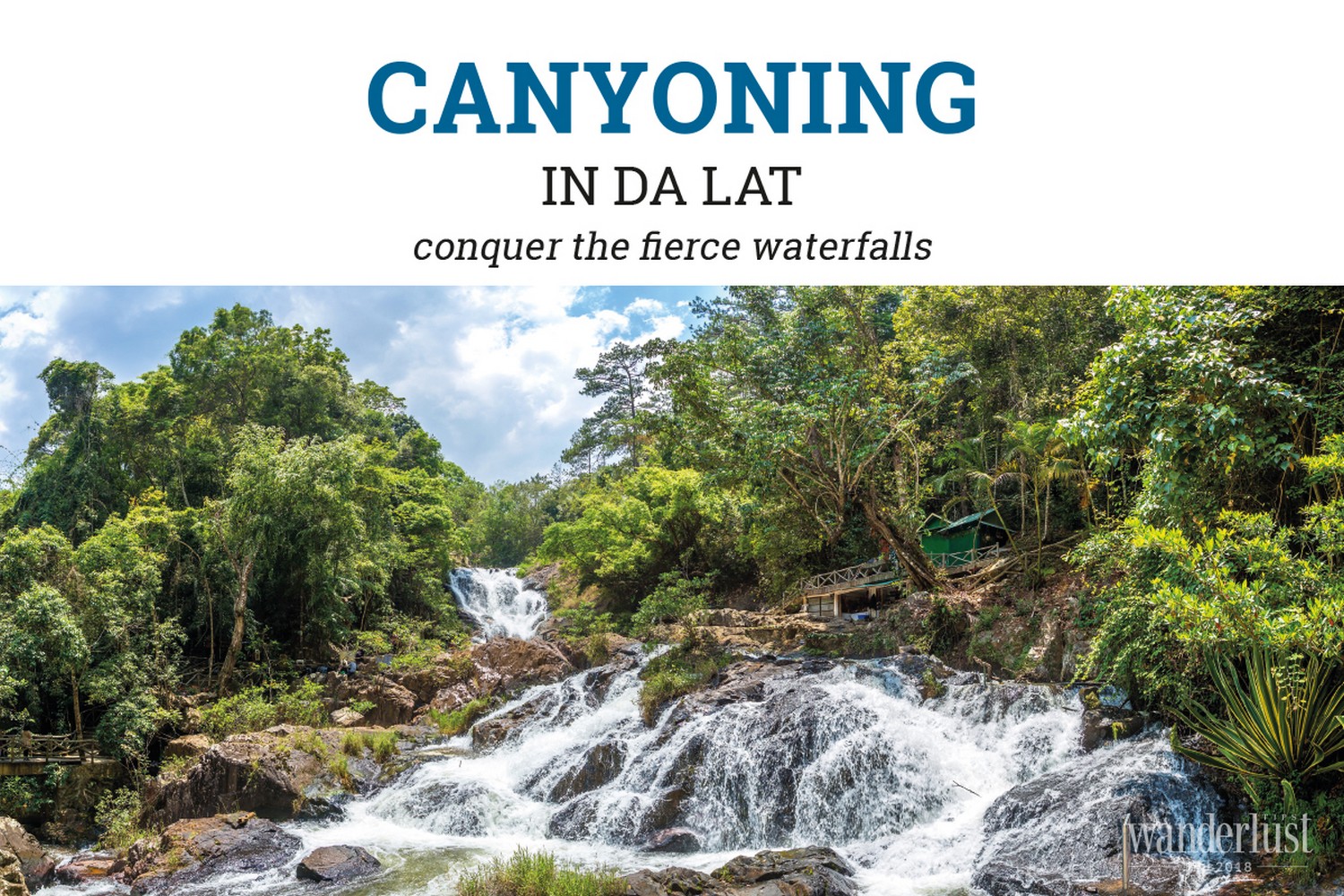
We gathered at the basecamp, by the side of the entrance to the Datanla tourist area. Here each person would wear specialized life jackets which held tightly the body and almost had no superfluous parts like the normal ones. The instructor demonstrated how the harnesses, belts, hooks, locks and pulleys were to be used. We then followed his instructions in order to show that we understood and were competent in completing the actions demonstrated. The techniques were very basic and easy to understand and we went through the demonstration quite quickly. Most participants grasped it quite quickly and very few had difficulty understanding and completing each of the tasks and functions of each specific item.
THE FIRST CHALLENGE: CLIMB THE DRY CLIFF AND TRY THE ZIPLINE
We started exploring the famous waterfall, of which we were informed by our tour guide that less than 1% of visitors to Datanla have conquered. We gradually understood the reason why it was so challenging. The quest started out fairly easy as we walked along a 2-kilometre stone-paved path through the center of the tourist area where there were a lot of tourists strolling along the path. Wearing our life jackets and harnesses, equipped with all the accessories, our group jokingly came to the conclusion we probably resembled superheroes from the famous Marvel comics to the other curious tourists, who were starting to take pictures of us. We passed through the first two waterfalls with ease and arrived at the 3rd waterfall. This is the end of the tourist area where tourists are allowed to sightsee and are not allowed beyond this point.
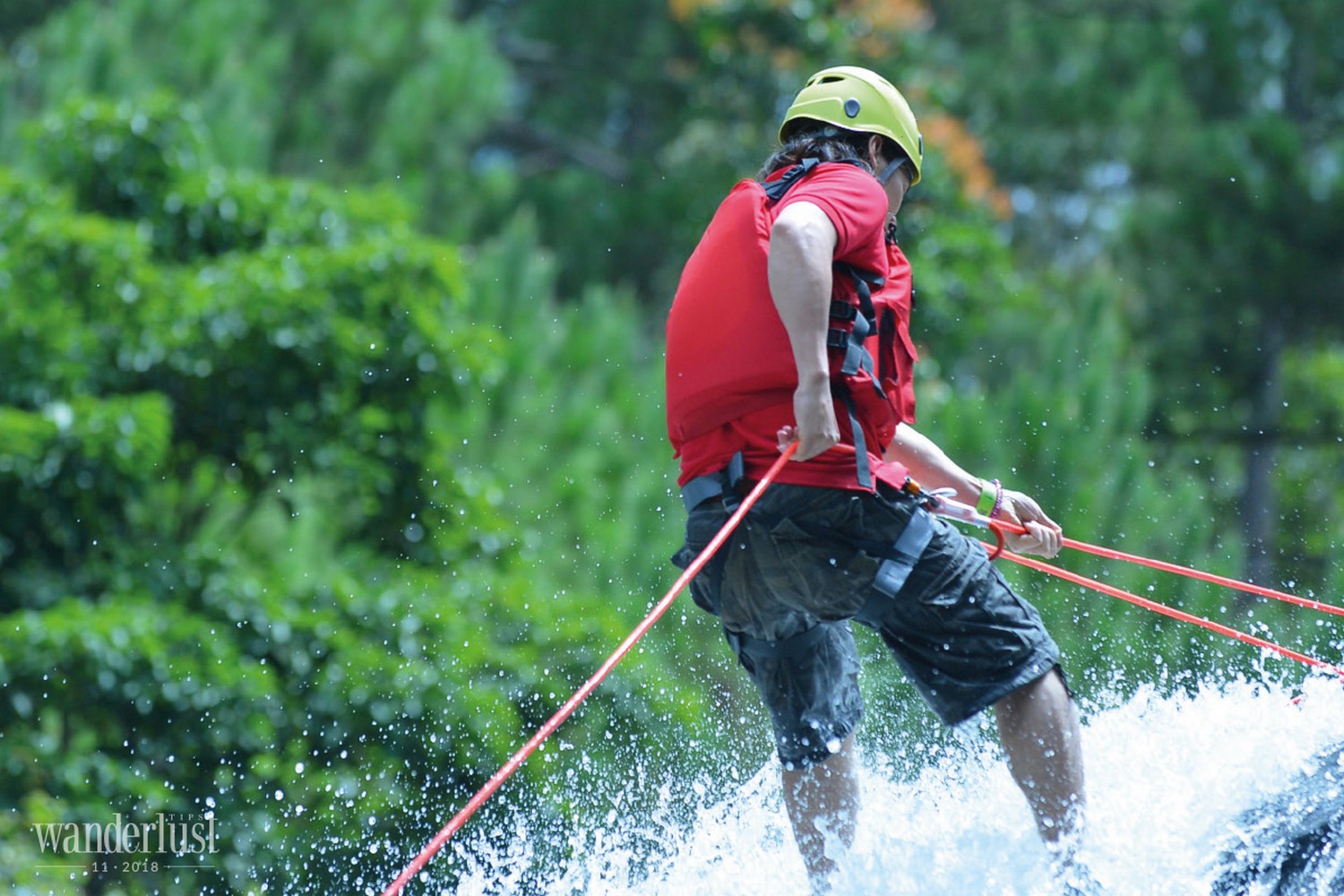
The cliff is half-dry, half-wet, almost vertical, and about 15 metres high. Looking down to the foot of the waterfall, we saw the bubbling white water rumbling, forming whirlpools, creating a small winding stream, flowing and disappearing behind the tree branches. We were instructed on where to hook the safety locks to the cliff. Standing there, everyone felt terrified by the bone-chilling altitude, steam and strong wind. “This is the first challenge, will abseil down the dry cliff at a height of 15 metres,” said the tour guide. “Keep in mind what you have learned. The cables, belts and locks will ensure your safety. Just enjoy.”
I was considering whether I should be courageous and go first, then a young boy from a Nordic country moved forward and went ahead. I spent time watching him and realized that the swing movement on the dry cliff seemed pretty simple. One end of the cable was fixed to the hook at the top of the cliff, the other section of the cable was hooked to the harness for him to grab. He was quite professional, calmly and slowly descending at a controlled speed down the cliff. Glancing at my watch, I saw this young man take only about 15-20 seconds to overcome the first challenge.
At the foot of the waterfall, another instructor submerged, up to the waist, in water undertook the duty to help us remove the harness from the cable, and then swam to the other side of the waterfall.
It was a pretty smooth start.
THE SECOND CHALLENGE: FLY ABOVE WATERFALLS
From the third waterfall, we had to walk along a stream with bushes on either side of the path. Sometimes, we had to step on mud and small rocks to move forward. The noise from the crowds of the tourist area gradually reduced. It was unbelievable that the place we were traveling through is just a few kilometres from a tourist area of thousands of visitors. It was secluded, uninhabited world.
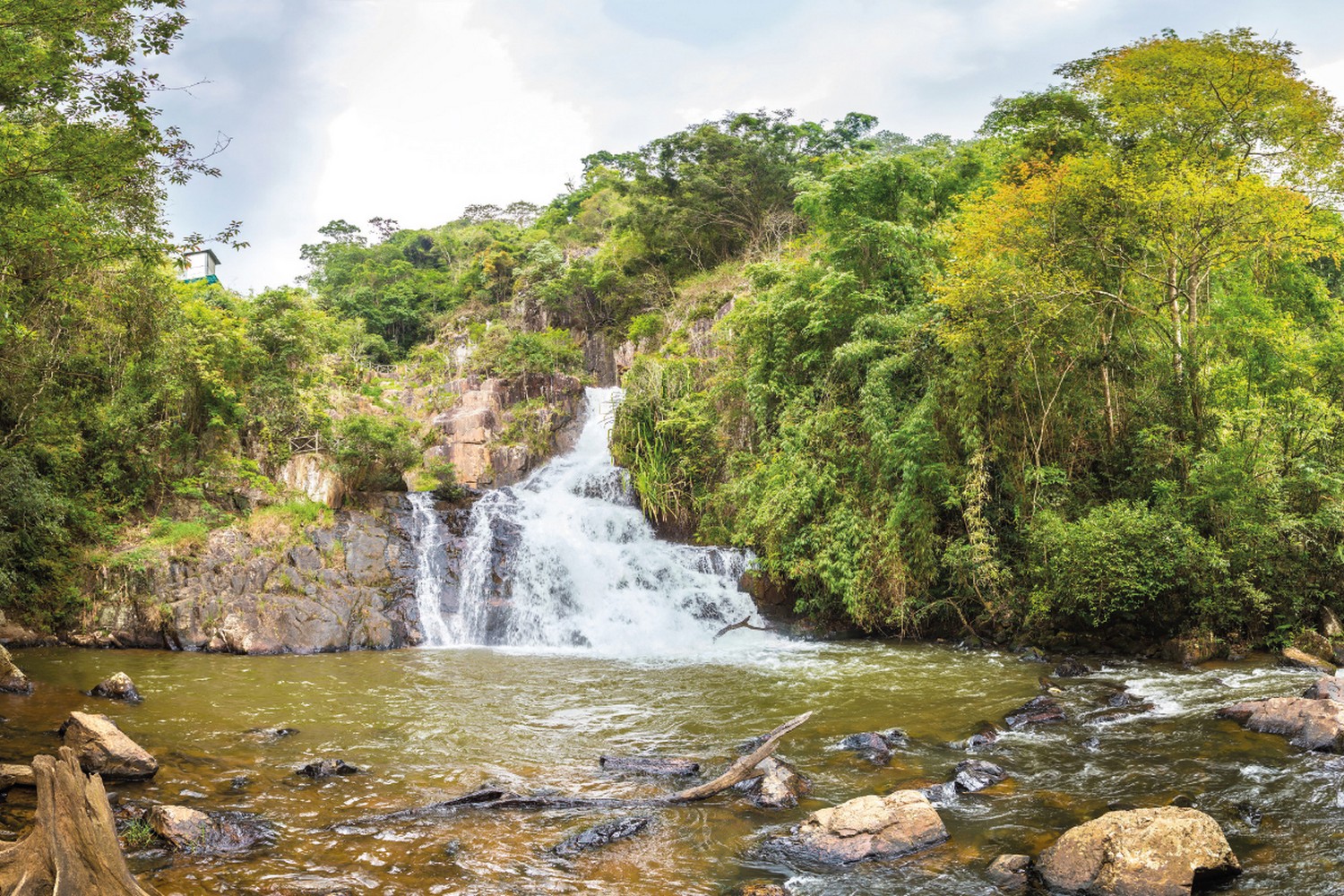
As we came closer to the third waterfall, we heard its rumbling become louder; the water here was murky and foamy. This waterfall is higher than the first waterfall, about 17 metres, has a slight slope to the one side and has many protruding, jagged rocks covered in green moss. Our task was to swing down to the middle of the waterfall. From there, a cable was connected to the other edge of the foot of the waterfall, where another guide was waiting.
This is the part where we started to experience the temporary deafening sound and feeling of the waterfall we moved down, step by step. As we reached the part where we needed to let go of the cables, despite the screams of encouragement from the guides and teammates above, people got too confused and frightened to let go. I took a deep breath, determined to let go of the cables and let the bubbling water slap directly into my face. I choked while still hearing the noise of the waterfalls. When I let go of the cables, I felt like I still flew through the air for another 20 metres before hitting the water. At that moment, I felt really excited. We had fun trying to take photos of us making cool poses when jumping and falling into the water. However, it was too hard and we (including me) just ended up falling into the water in hilarious postures, we also had a group photo with an impressive background of the white waterfall.
Finally, everyone got wet like drowned rats but still laughed excitedly, because not everyone can do what we just did. Though we were frightened and nervous, we also overcame all of these feelings. Also as there was no way for us to go up the waterfalls. We had only one option which was to go down and back through the tourist area in order to complete the journey.
The water flowed down the waterfall, winding through the rocks and ranges of trees, in some areas, the view of the water flow seemed to be completely obscured, but after some bends, the scenery again appeared wonderful and beautiful. The waterfall appeared to broaden as we went down. Along the way, there were some parts where the water flowed calmly and slowly, our group was allowed to lay on our backs and drift downstream. It sounds like an activity on the “lazy river” in water parks, but I felt much happier because the water here was really cool and there was absolutely no comparison. At this point, the life jacket became really useful, all I need to do was just relax, close my eyes while sunshine danced through the thick pine trees of the forest.
The farther we drifted down the stream, the more difficult and challenging the trek became. However, because the scenery was continuously changing and intriguing us, we showed no signs of frustration or exhaustion, only excitement.
THE THIRD AND FOURTH CHALLENGE: CONQUER THE FIERCE WATERFALL AND THE ACROPHOBIA
The fifth waterfall is the largest, most spectacular and exciting one. From above, this area looked like a large rocky field. In order to climb down, each of us had to follow a cable which was located at the middle of the waterfall. As we already abseiled down on the first and second waterfall, we became more confident having to do it again, this time having the brutal water constantly tapping on our faces. The rumbling of the water pouring from a height of 25 metres created a buzzing sound in my ears. I had to turn my face to avoid choking on the water.
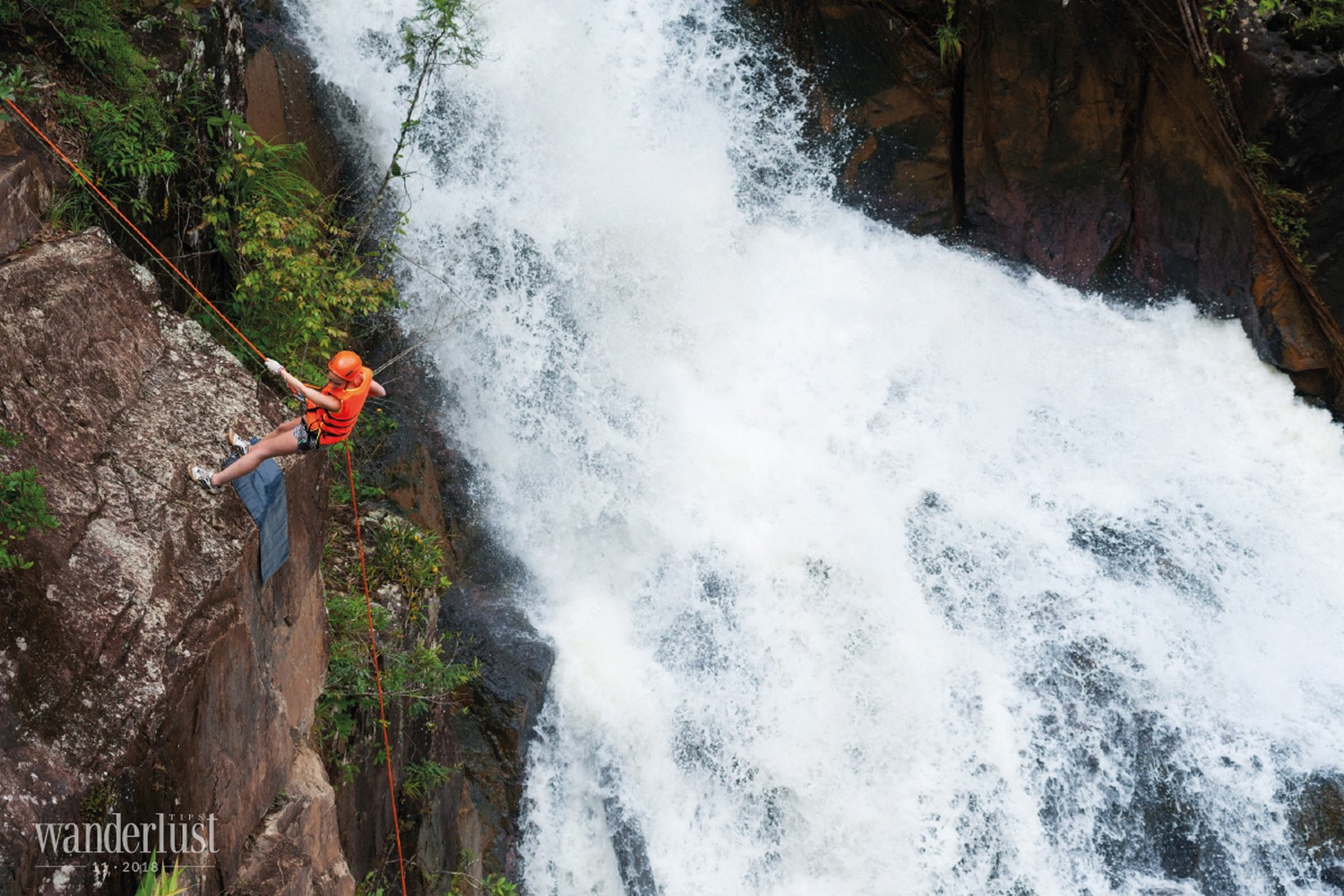
The cliffs were slippery as if covered by grease; by holding on to the rope which came from above, no one was not struck down by the water. In the next few moments my eyes went wide from shock and fear, and all I could hear was the rumbling of the waterfall. One of my teammates slipped and swung down, landing upside down, unable to move up or down, despite encouragement from the guides and teammates.
When we were just 3 metres from the water surface, I suddenly discovered a section of the cliff which bent inwards, giving me no ledge to place my feet. I said to myself, “This is it. I can’t do it. I’m stuck at this slippery cliff”. It took me a few seconds to find that the only option was to let go of the anchor wire to freely fall into the water. It may make you frightened, especially, for those who are afraid of heights and do not know how to swim. Even though I am a strong swimmer and wore a life jacket, my heart still stood still for a moment.
We overcame the high-altitude challenge once again at the 6th waterfall. Here, we only had to overcome one more challenging “game” which was to jump straight from the cliff into the water. There are two optional heights, 7 metres and 11 metres. The guide said to us briefly: “Just jump. Do not hesitate!”
However, this is easier said than done. Many people ran to pick up speed very enthusiastically (including me), but just a step or two before reaching the edge, both my knees wanted to buckle. Hesitation came at a very high cost, because the edge of the cliff below didn’t go straight down but was jagged and there was no water to break our fall. It was rough and completely dry. Just imagine, if we didn’t jump far enough away from the edge, keeping a safe distance, we could have easily landed on the hard dry surface of the cliffs. Thankfully, all of us were courageous and full of excitement. Everyone jumped and shouted in satisfaction.
THE LAST CHALLENGE: JUMPING INTO THE WHIRLPOOL
On the last challenge at the 7th waterfall, which goes by the funny name of “washing machine”, as we had to swing down two narrow cliffs, in the middle of strong currents that flow straight down from a height of 10-15 metres to a bottomless black whirlpool. The cliff was close enough so that we could rest our feet on it and then drop ourselves as soon as we were about 3-4 metres from the water surface. When nearly reaching the water surface, I let go of the rope, and let myself fall into the fierce bubbling black whirlpool below. An interesting thought popped into my head, giving me the idea that the inventor of the washing machine could only have come up with such a realistic product after having a real whirl pool, canyon experience, just like we just had. The moment I jumped into the whirlpool, as instructed by the instructor, I tried to relax my body completely, let the whirlpool swallow me completely and then “spit” me out to the next lake. After 2 seconds and then 3 seconds, I saw only solid black, the swirling of water. I didn’t get a chance to panic before the force of water pushed me up and out of the water; I saw the light of life and heard the applause of our teammates.
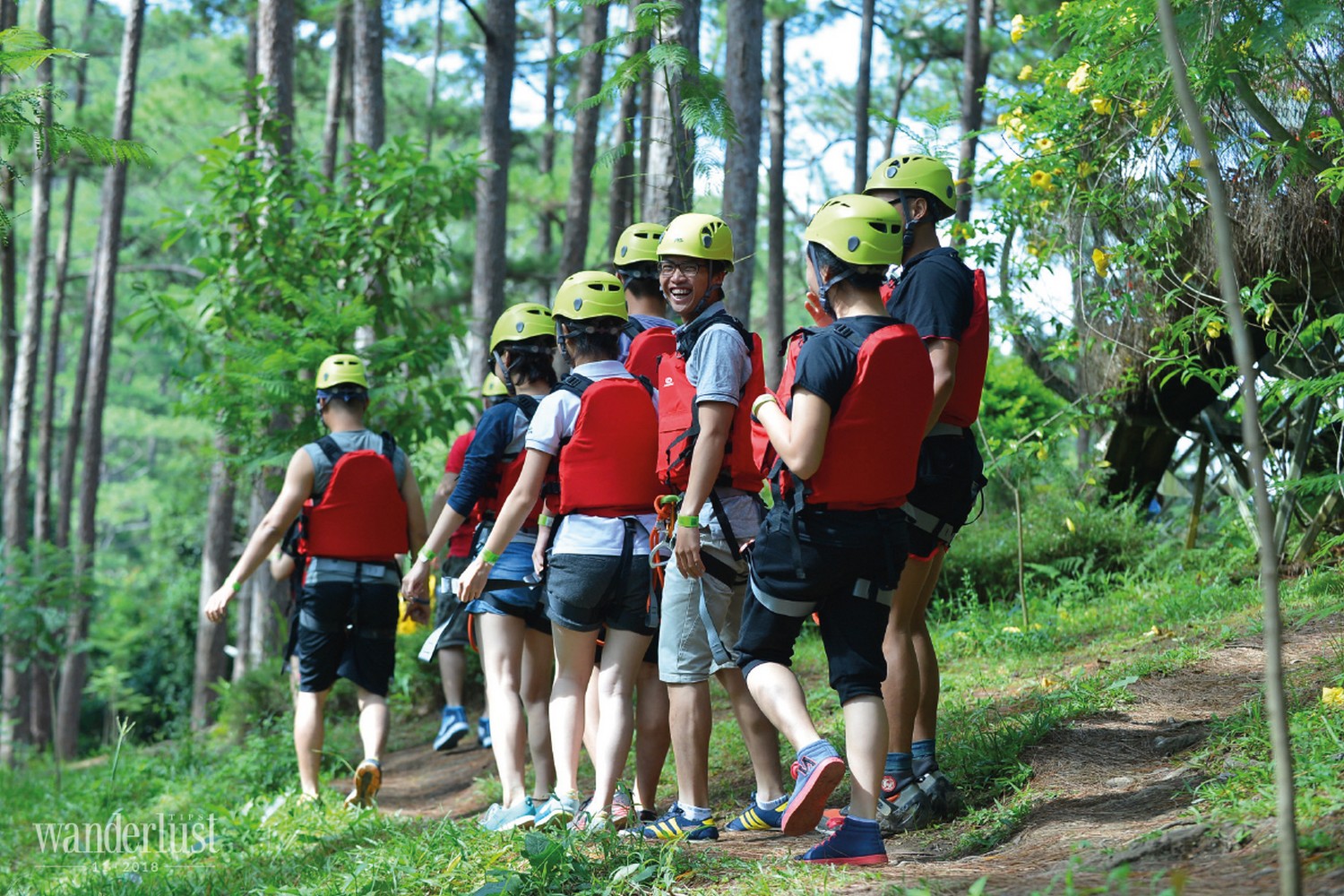
After overcoming the final challenge, we felt tired and cold. But the challenge was not over yet. An uphill walk through a grass field to reach the pickup point was truly miserable. We walked slowly as there were stones which were getting stuck and hurting the soles of our feet, we all look like a tired defeated army. No one laughed or joked. After nearly 45 minutes of walking, we reached the car, our belongings and clothes were all dry. As soon as we saw the car, all of us were happy to realize that the journey was really over.
We discovered a very exotic place and experienced a wonderful journey at a very popular tourist destination with Vietnamese people, hidden from crowds and the rush of daily life. Personally, I would definitely return to once again be immersed in the beautiful and ferocious waterfalls of Datanla.
W.TIPS
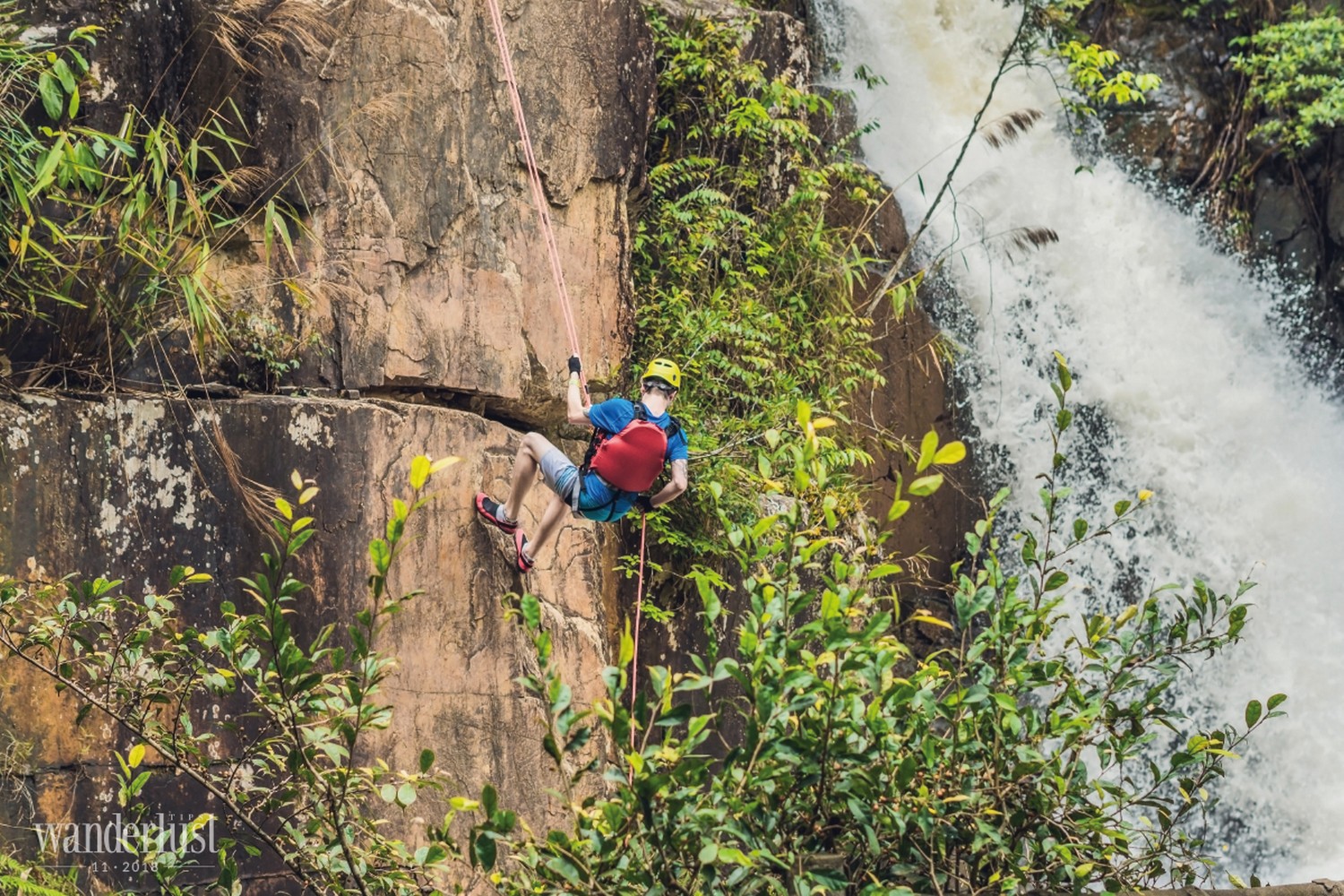
LOCATION
Datanla tourist area is located on Prenn Pass – on Highway No. 20, Ward 3, Da Lat City, Lam Dong Province. It is 8 kilometres from Prenn and 10 kilometres from the city centre.
TRANSPORTATION
From the centre of Dalat, travel along the National Highway 20, turn down a slope which will continue for about 300 metres, after which you will arrive at the waterfall.
WEATHER
Da Lat has cool and pleasant climate all year round. You can travel here during any of the four seasons, but the best time to visit is at the end of the rainy season from November to the end of March. If you go to the falls during the rainy season, it is very dangerous, because the path leading down the waterfall is very slippery and it is also not possible to use the abseiling system to assist in going down the path.
WHAT TO DO IN DATANLA
There are many adventure games such as abseiling,kayaking, zip-lining, and canyoning.
THINGS TO KEEP IN MIND WHEN TRYING CANYONING:
– Wear comfortable clothes.
– Strictly follow the instructions of the supervisor. It is recommended to not take part in any activities without instructions, as there are some adventure games that require you to learn skills before joining.
– Do not enter dangerous areas such as whirlpools or the Death Valley.
– This game requires people with good health and strong spirit. These adventurous activities also require you to have a good understanding of your strengths and limitation in order to safely complete each of the challenges on this journey.
NOTE
There have been some unfortunate incidents which happened at Datanla as a result of visitors that went by themselves and also lacked the necessary equipment, knowledge, and assistance from professionally trained instructors. It is also recommended to avoid poor quality travel companies which lack experience and good quality protective and safe equipment for their customers. Therefore, when choosing to book adventure tours to this location, especially, the canyoning, it is recommended to do lots of research and use reputable tour companies.
APN | Wanderlust Tips
